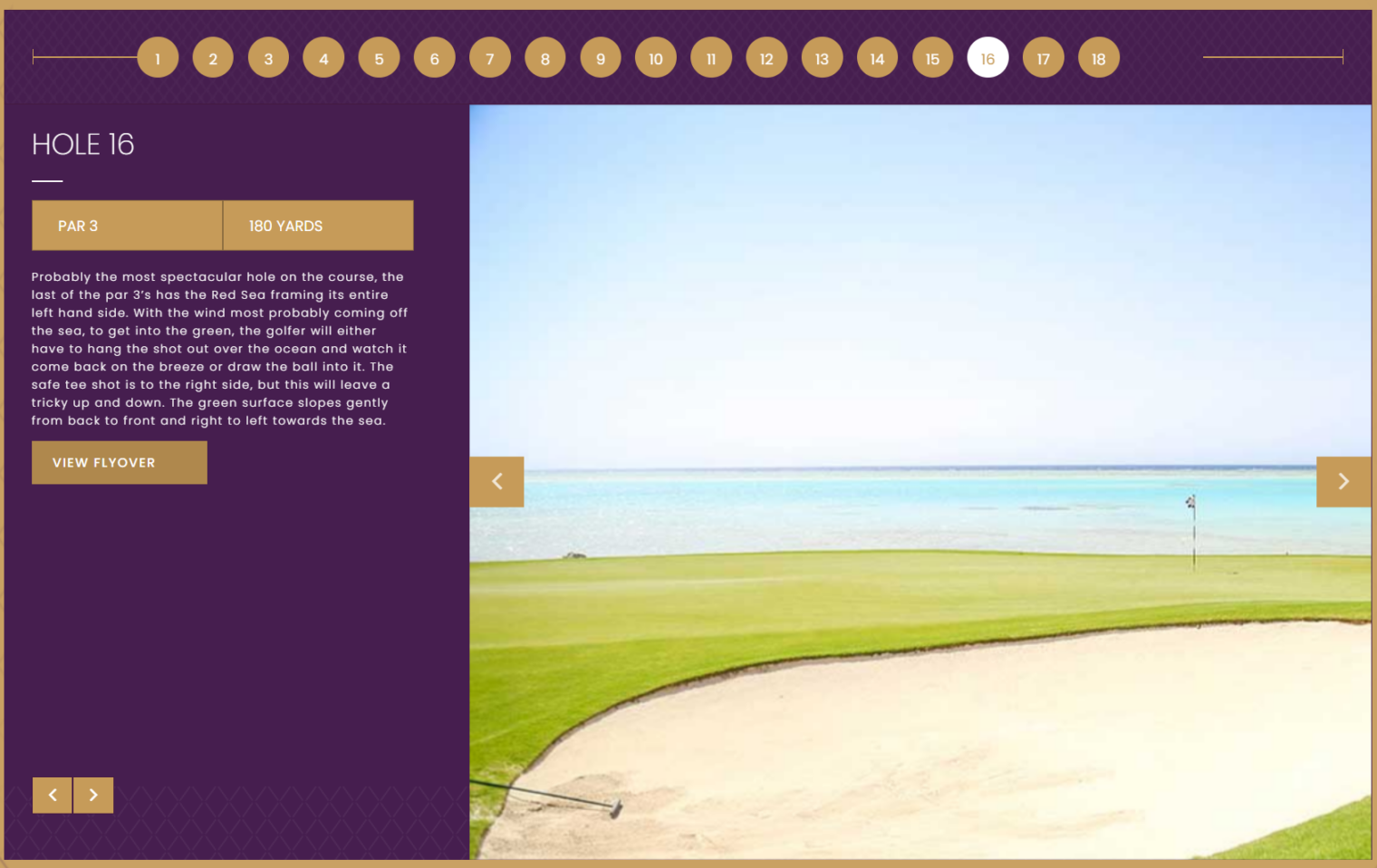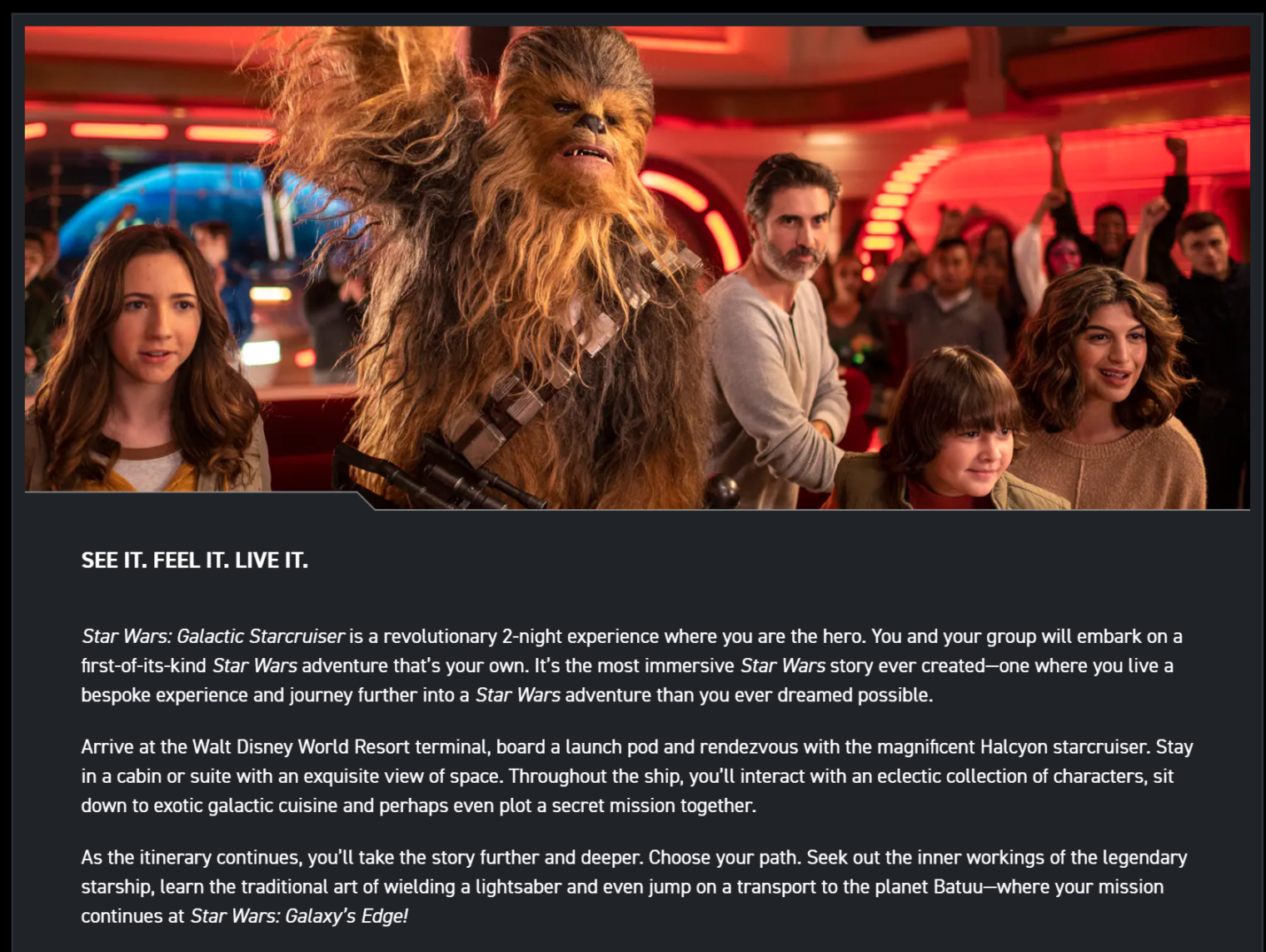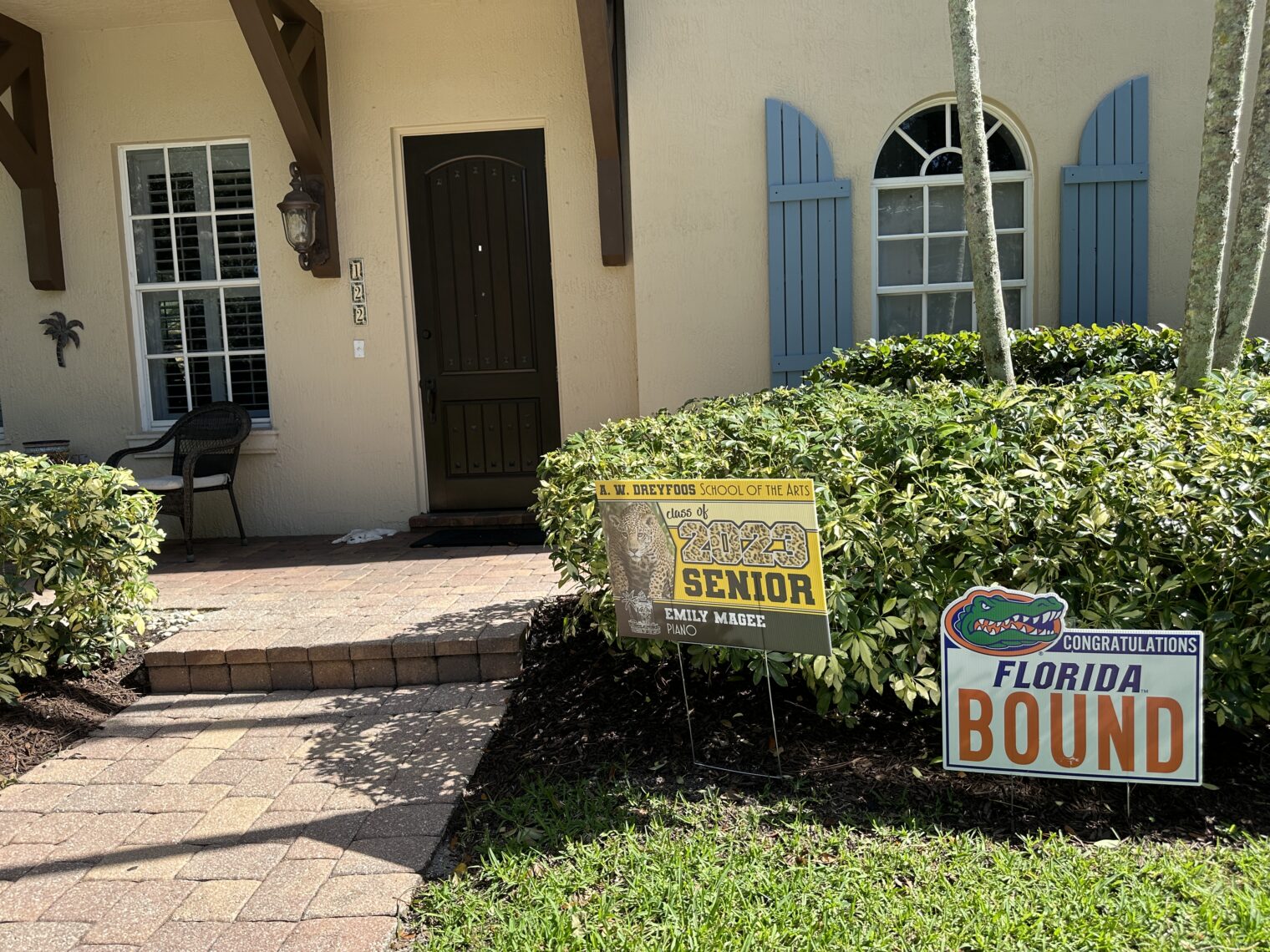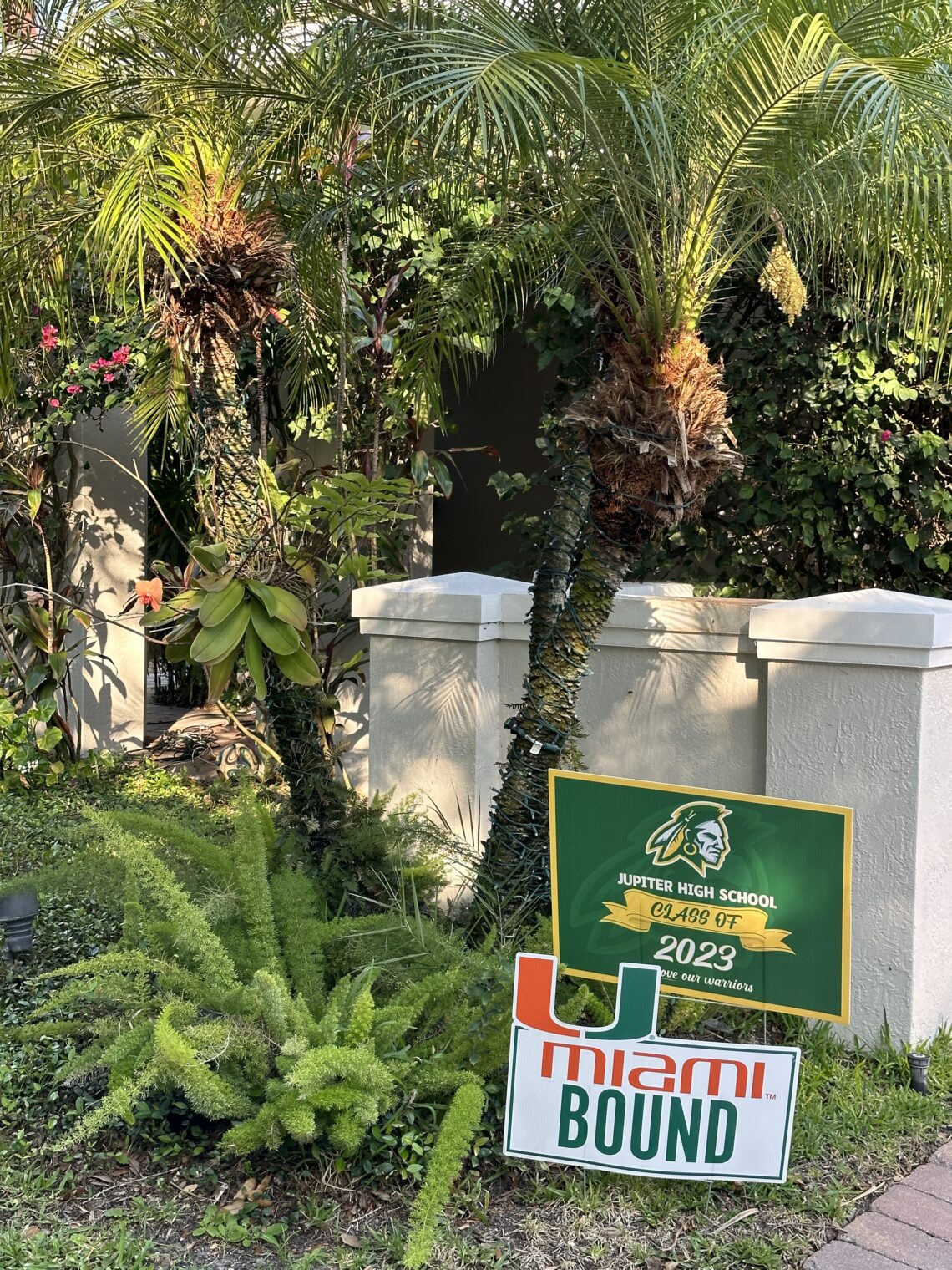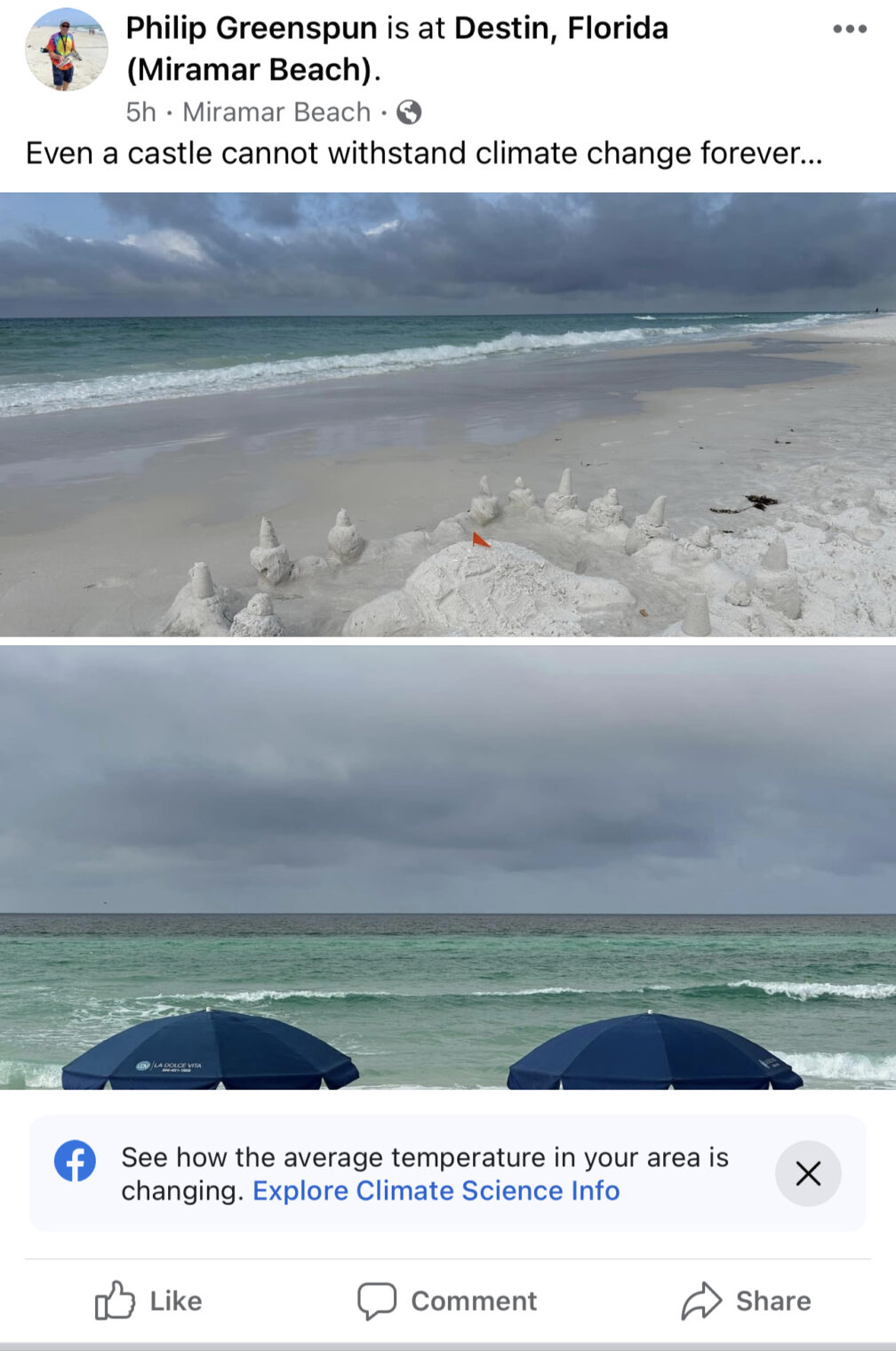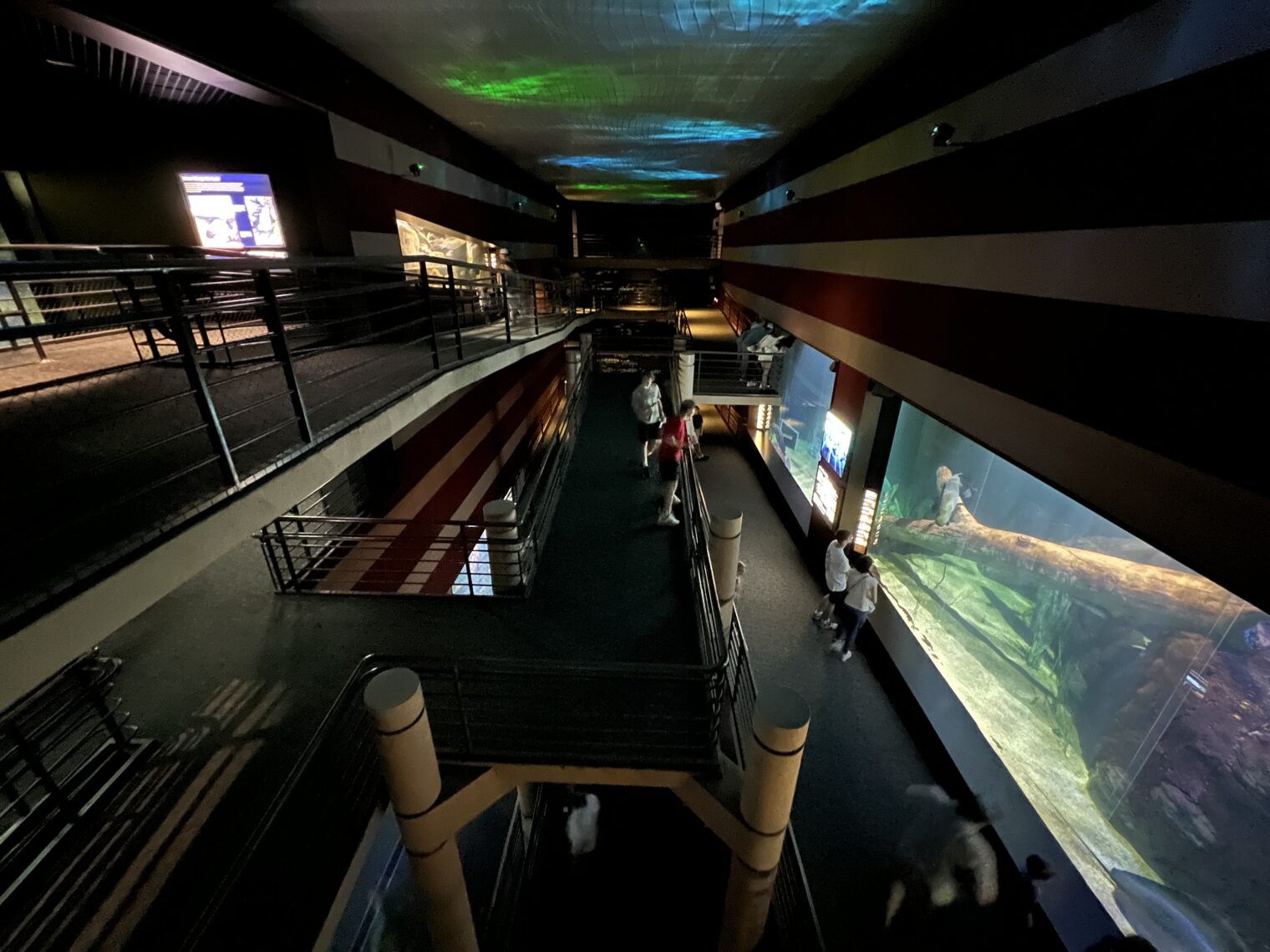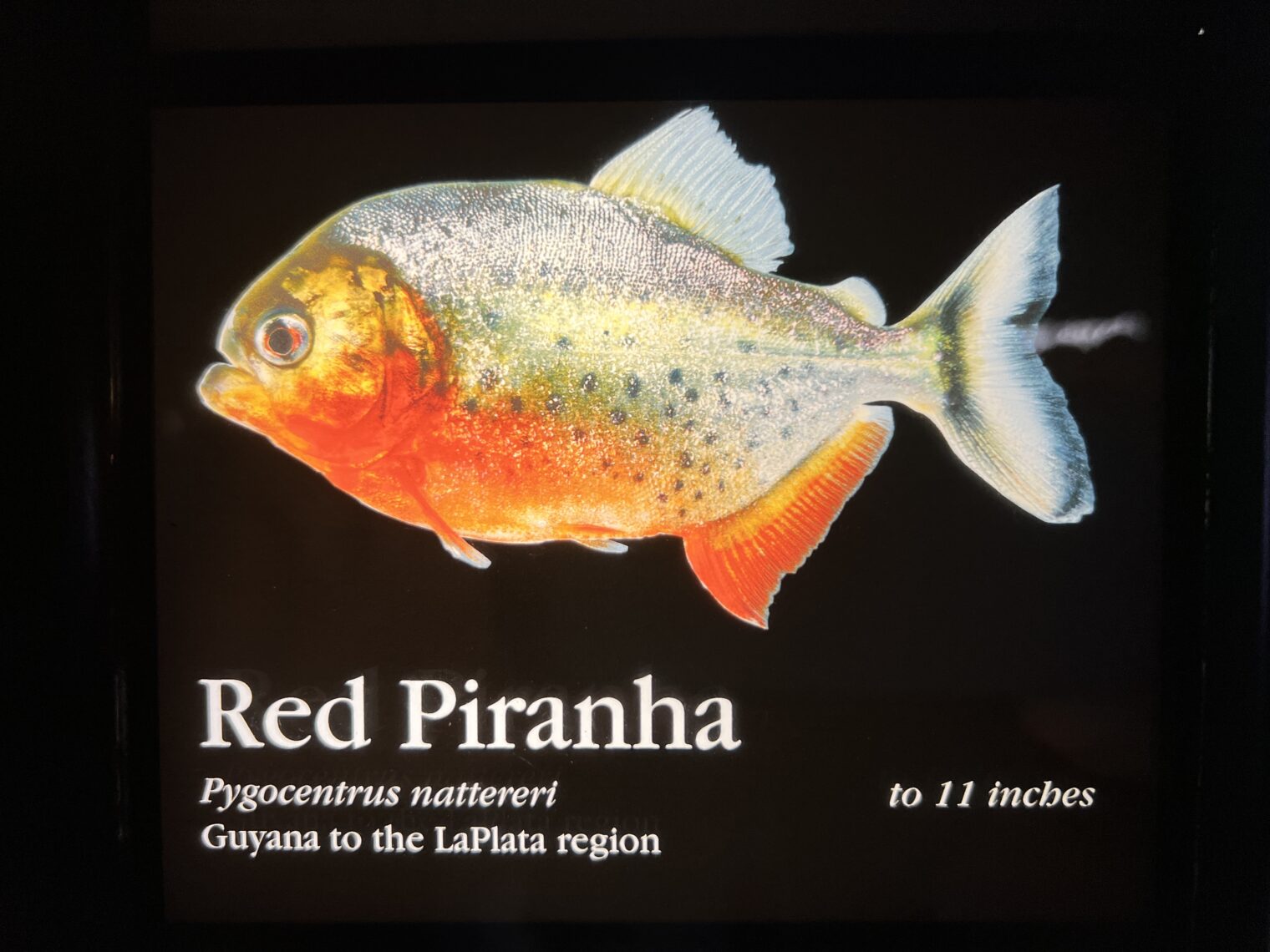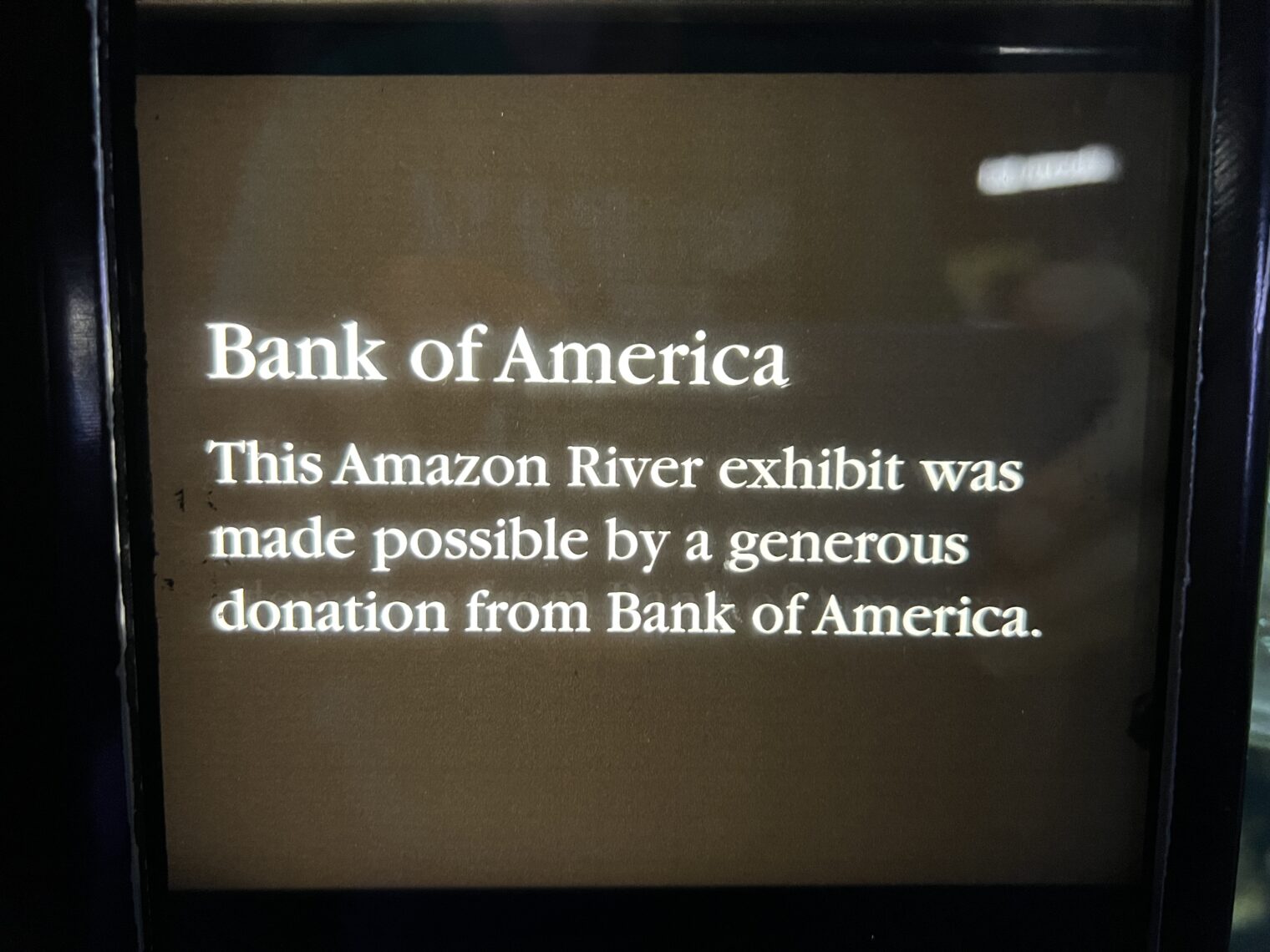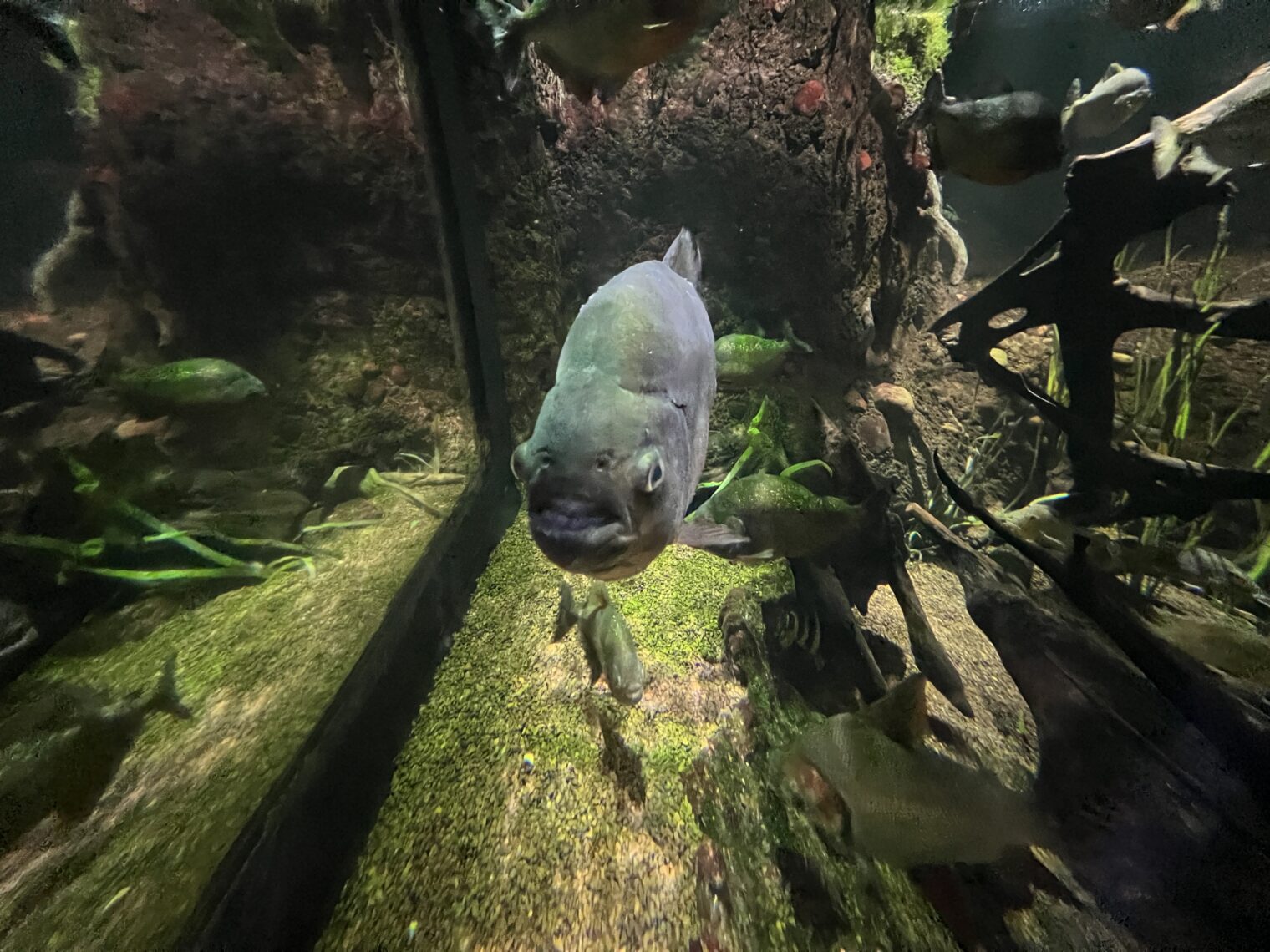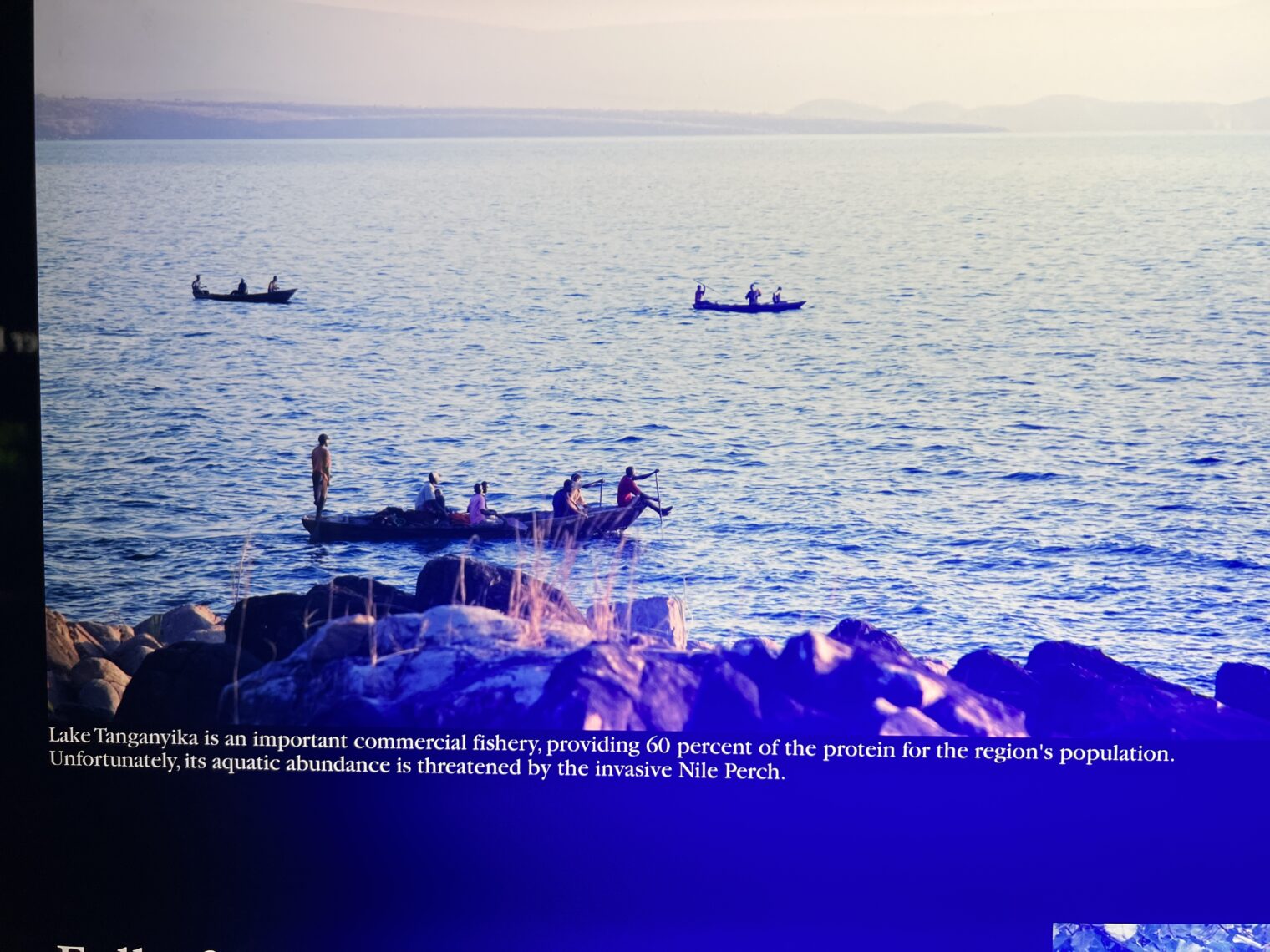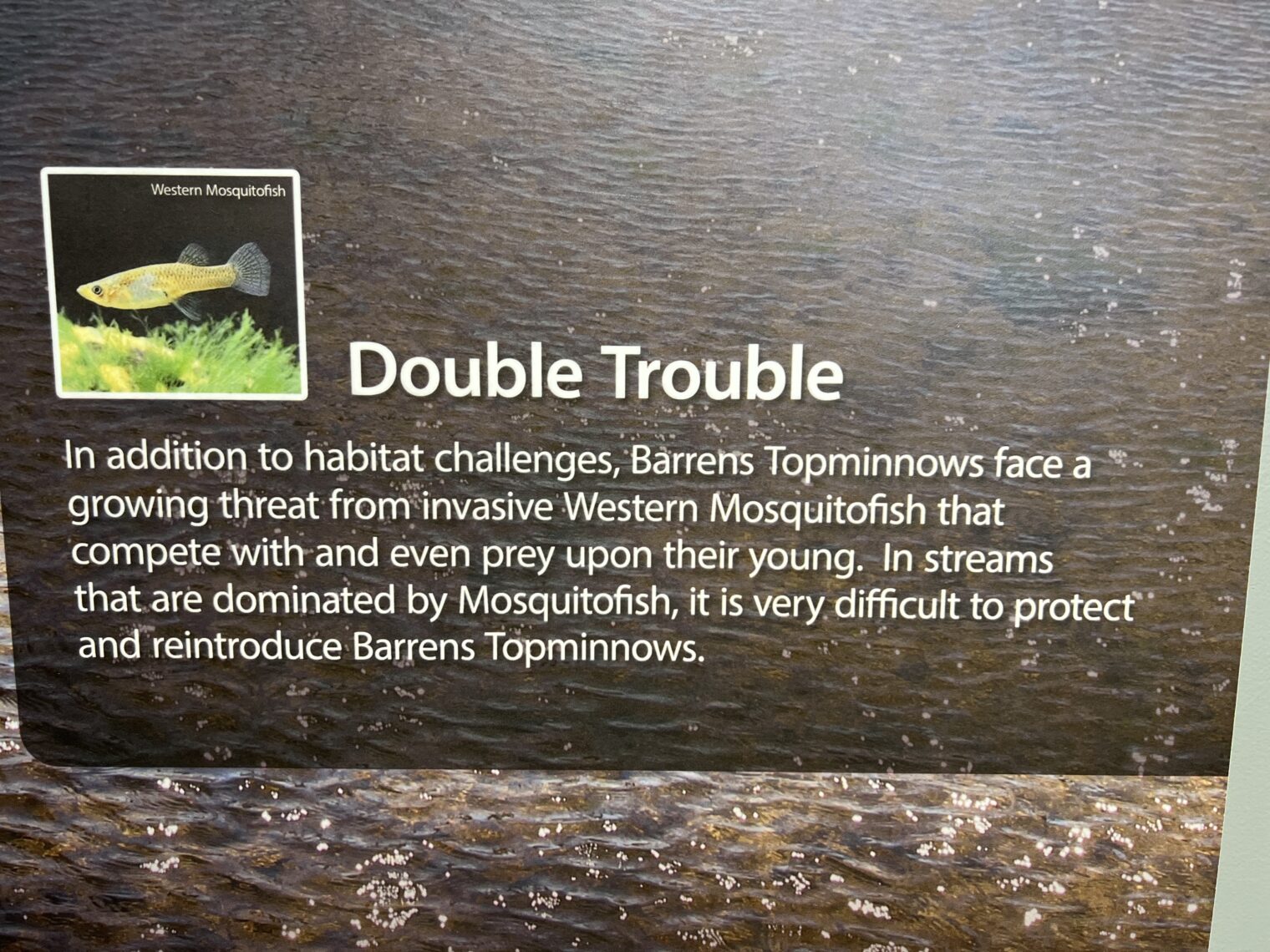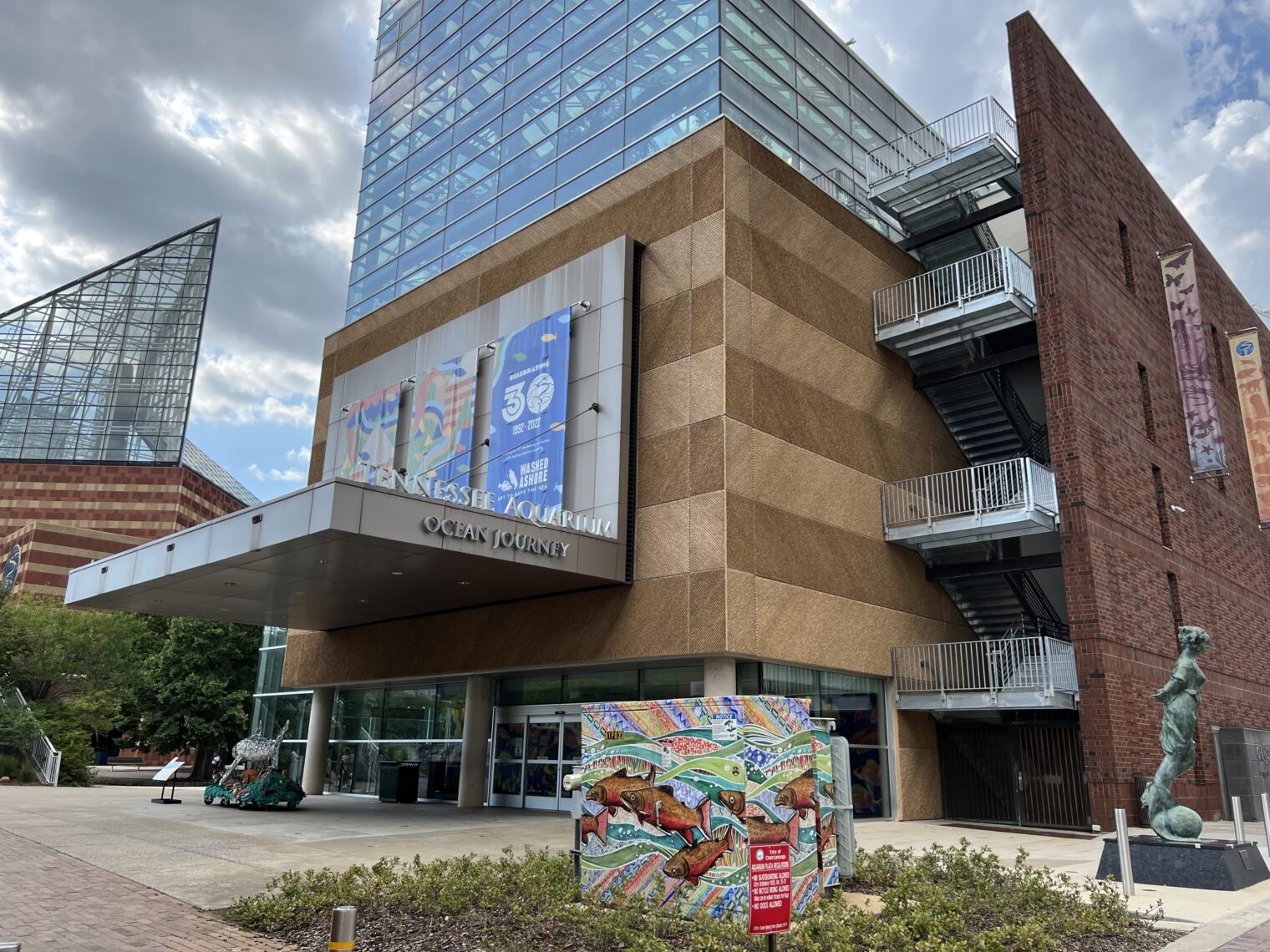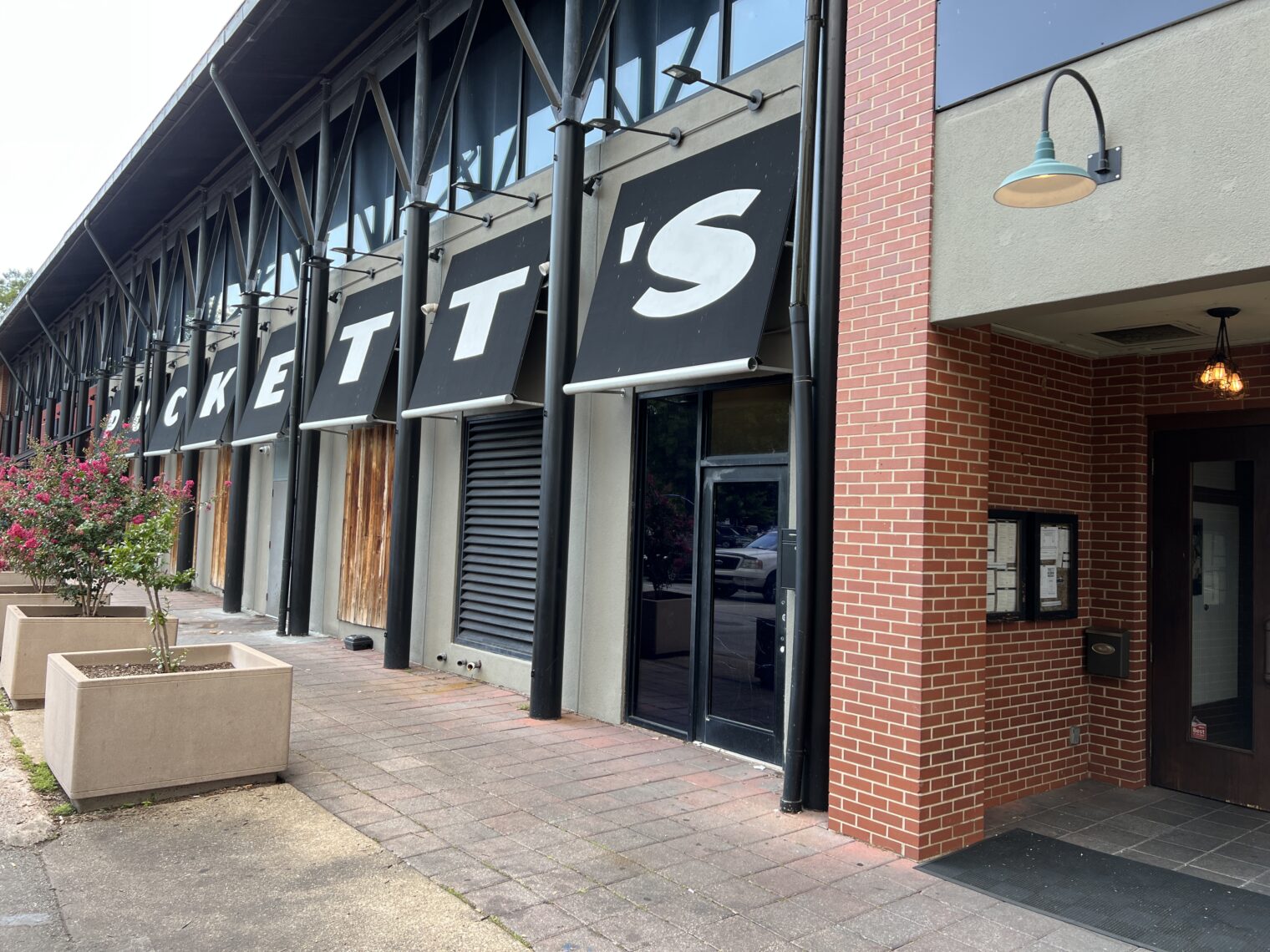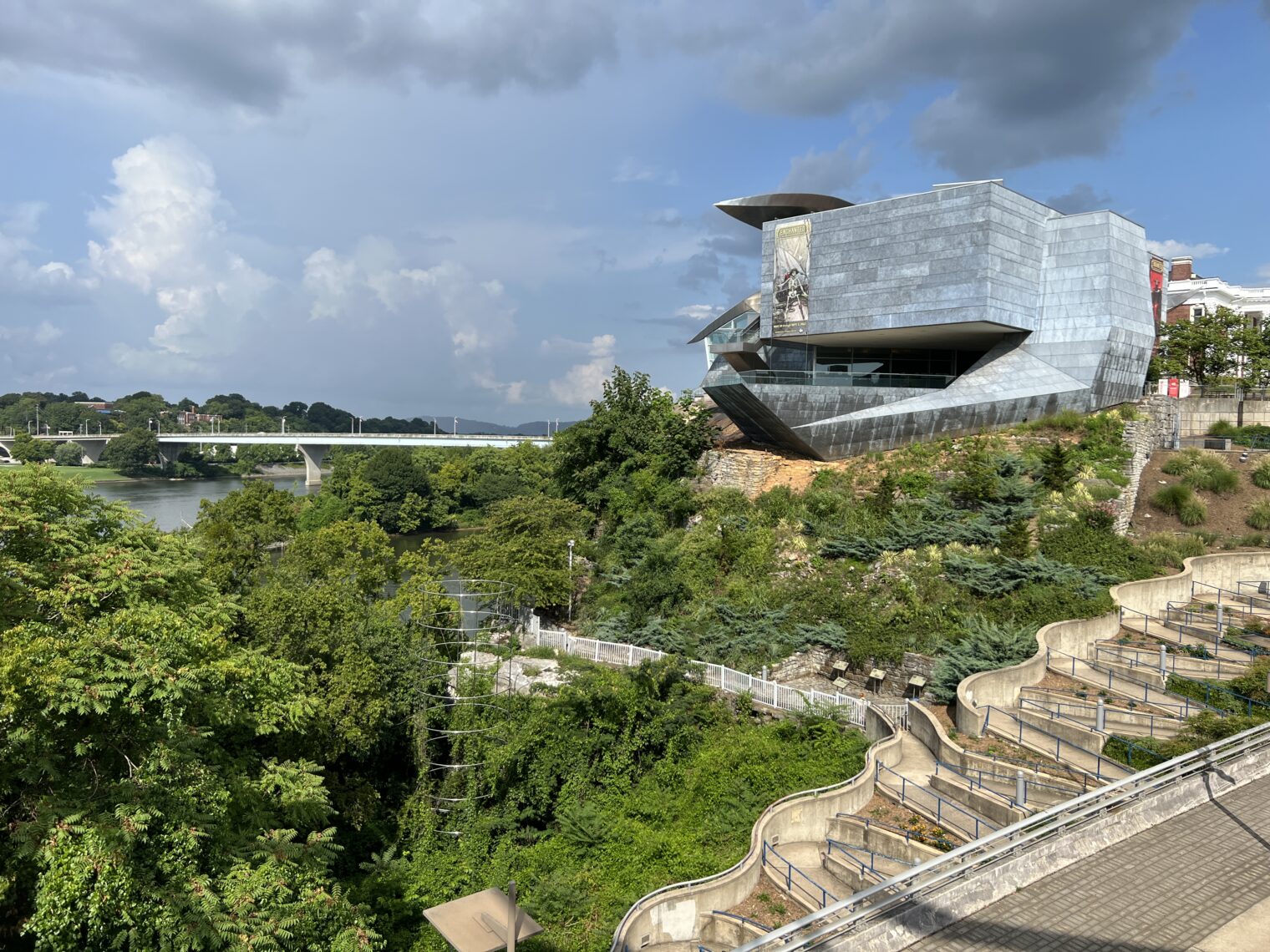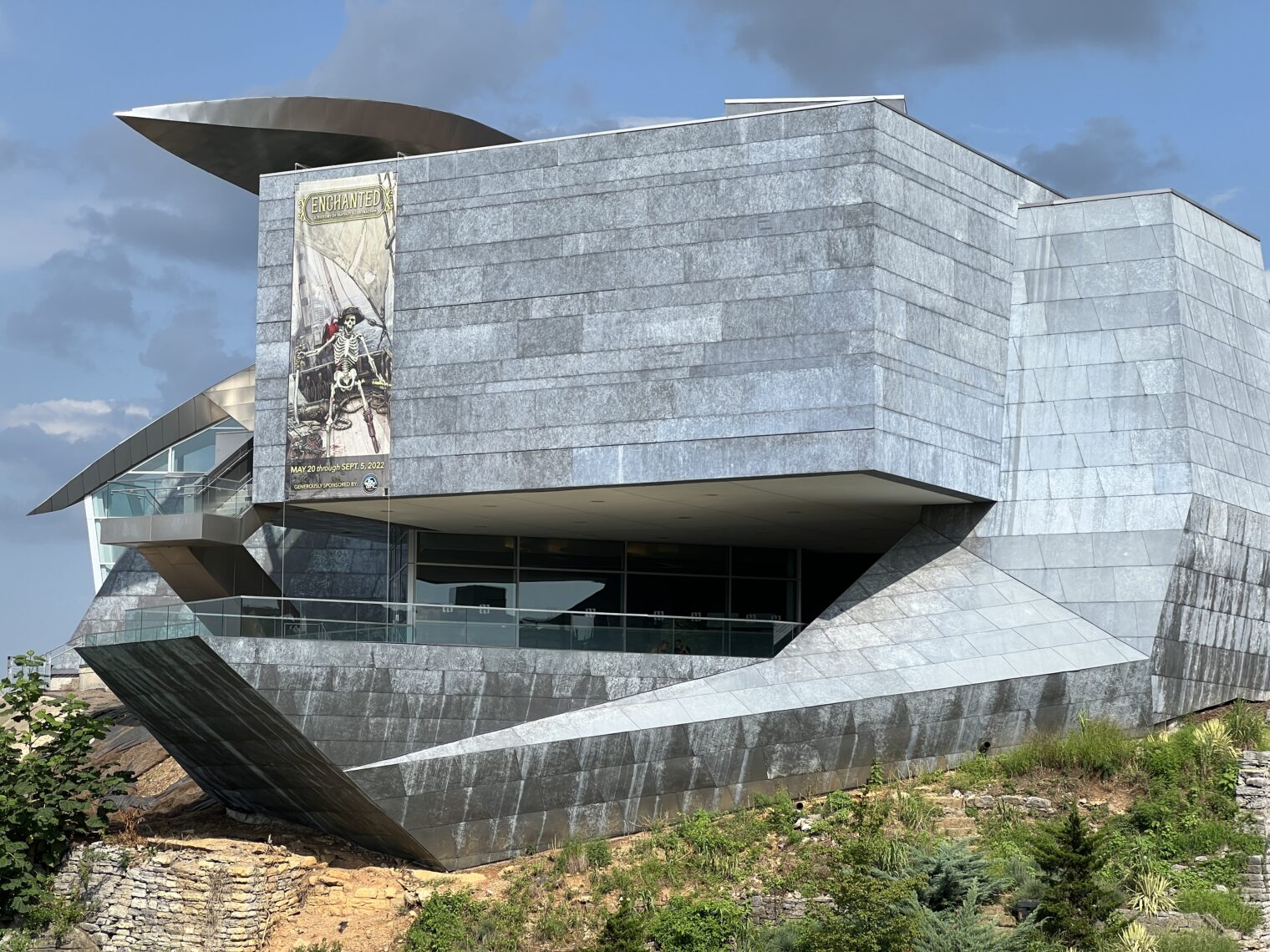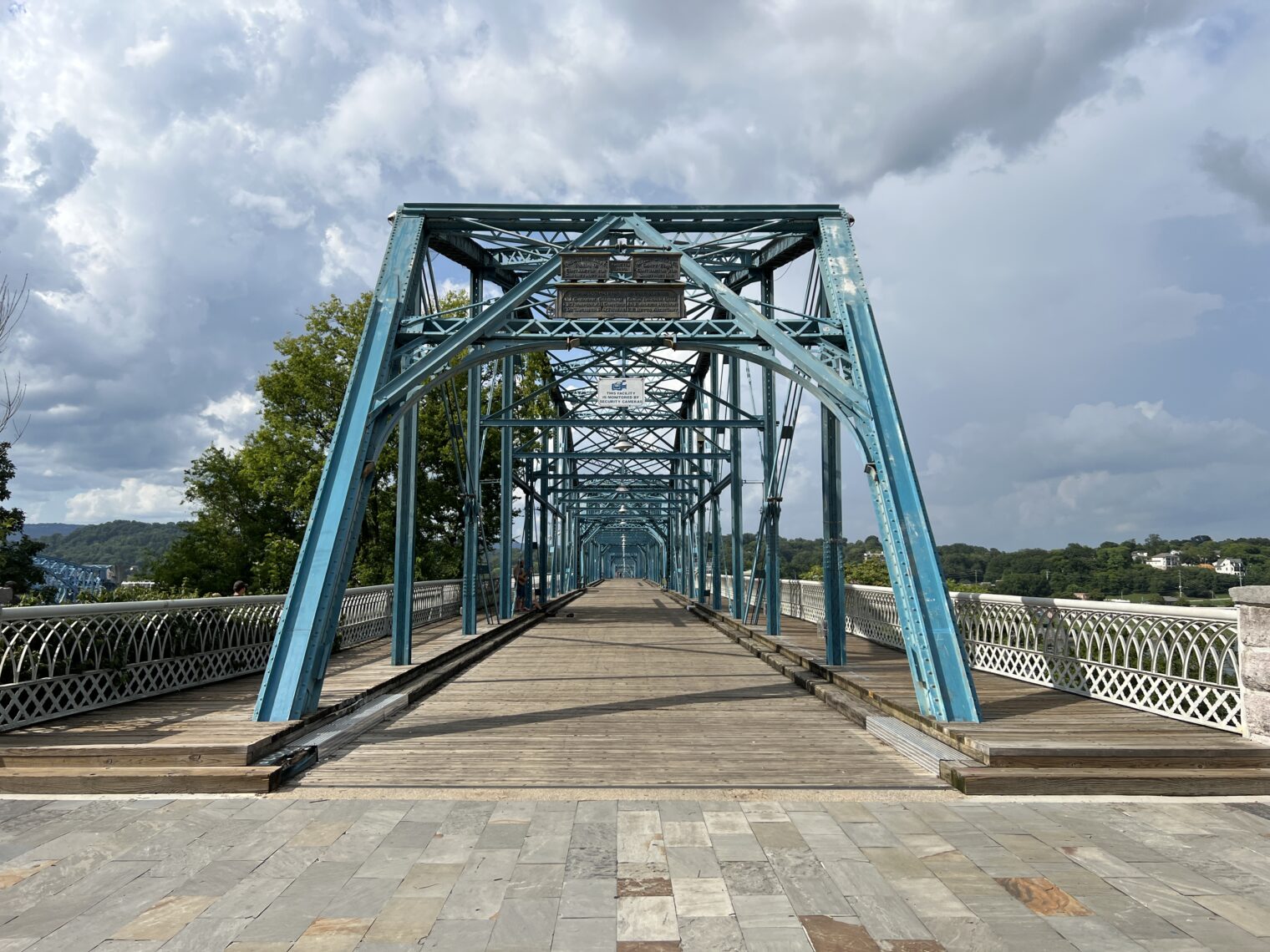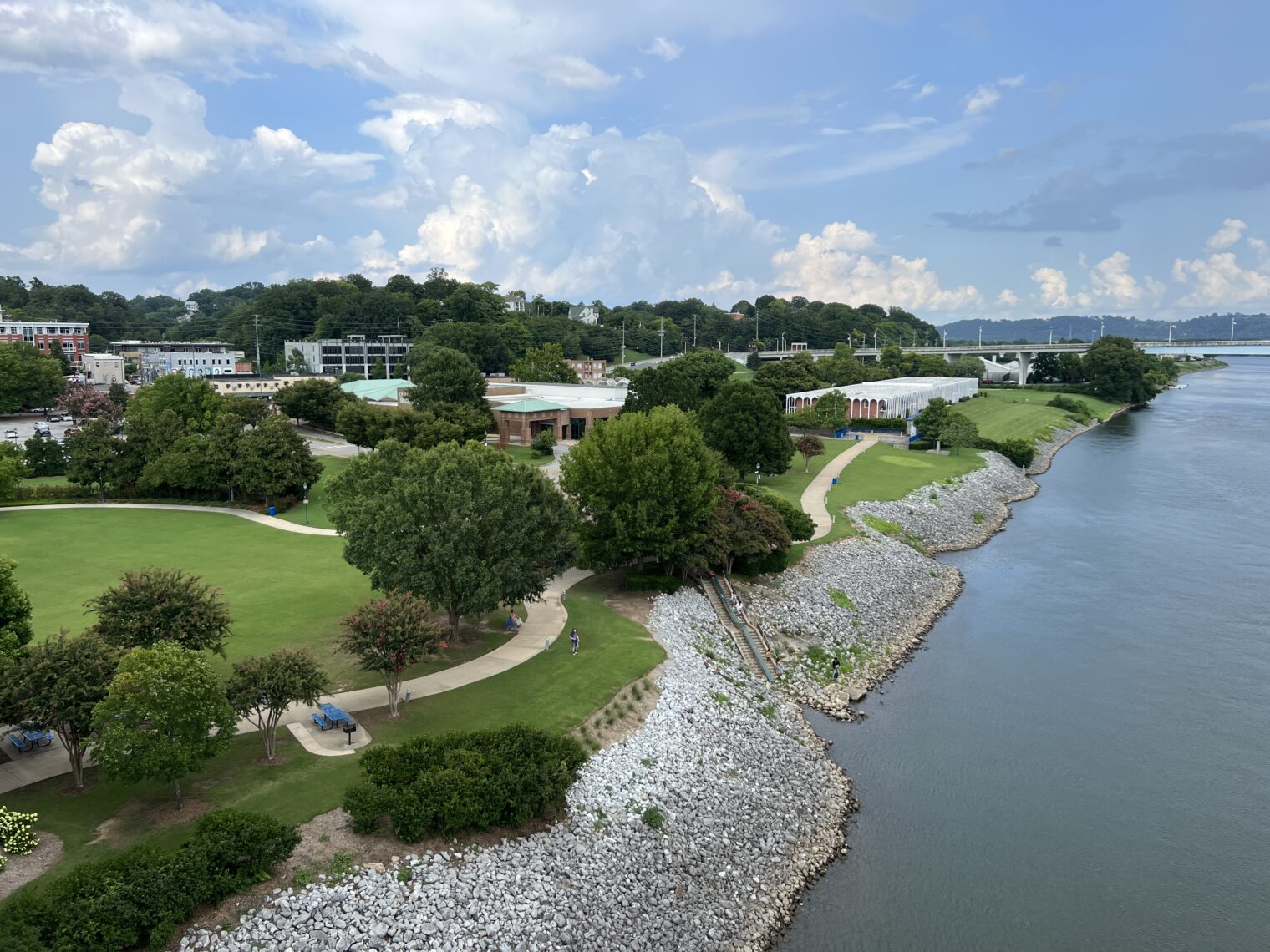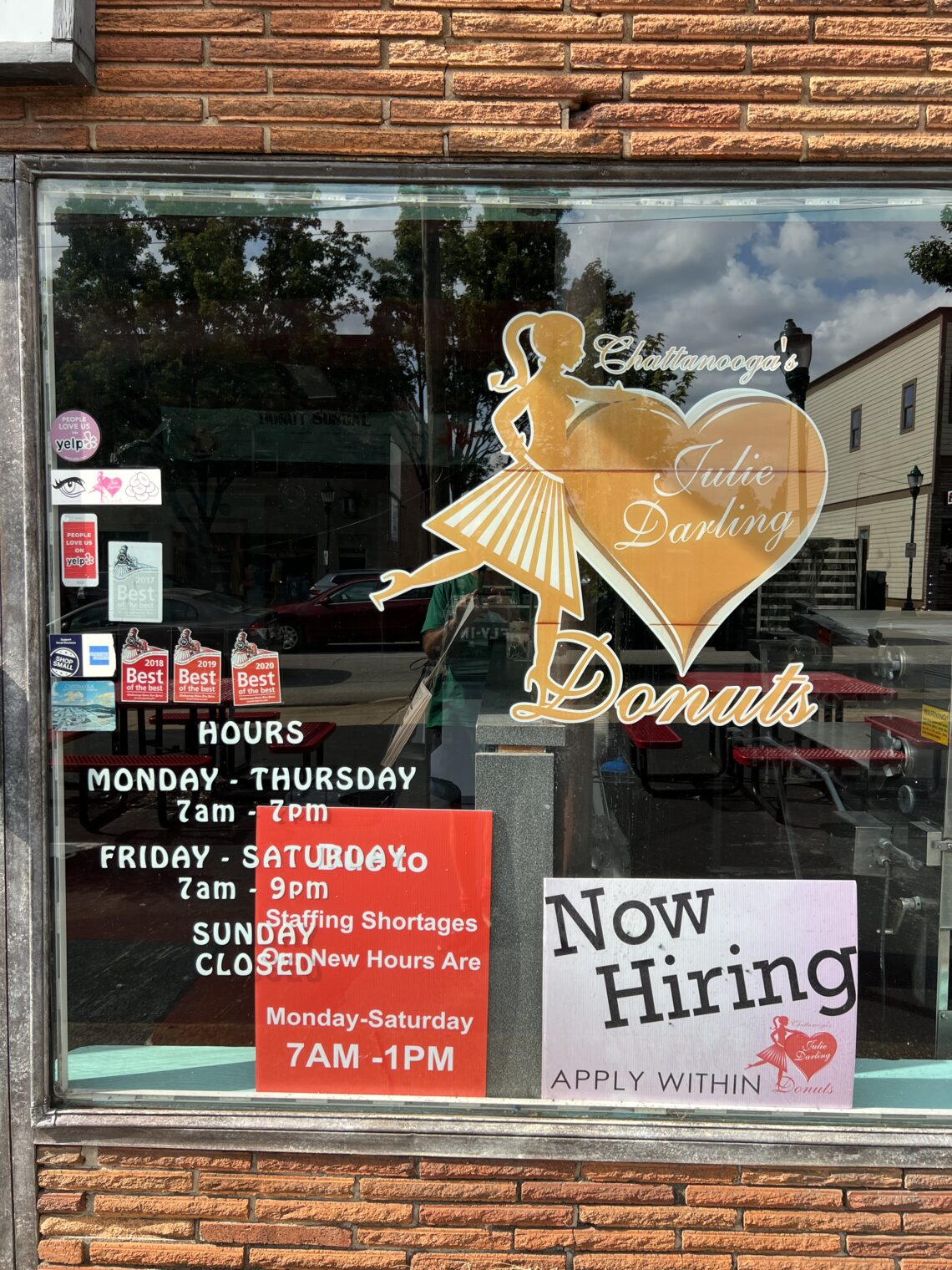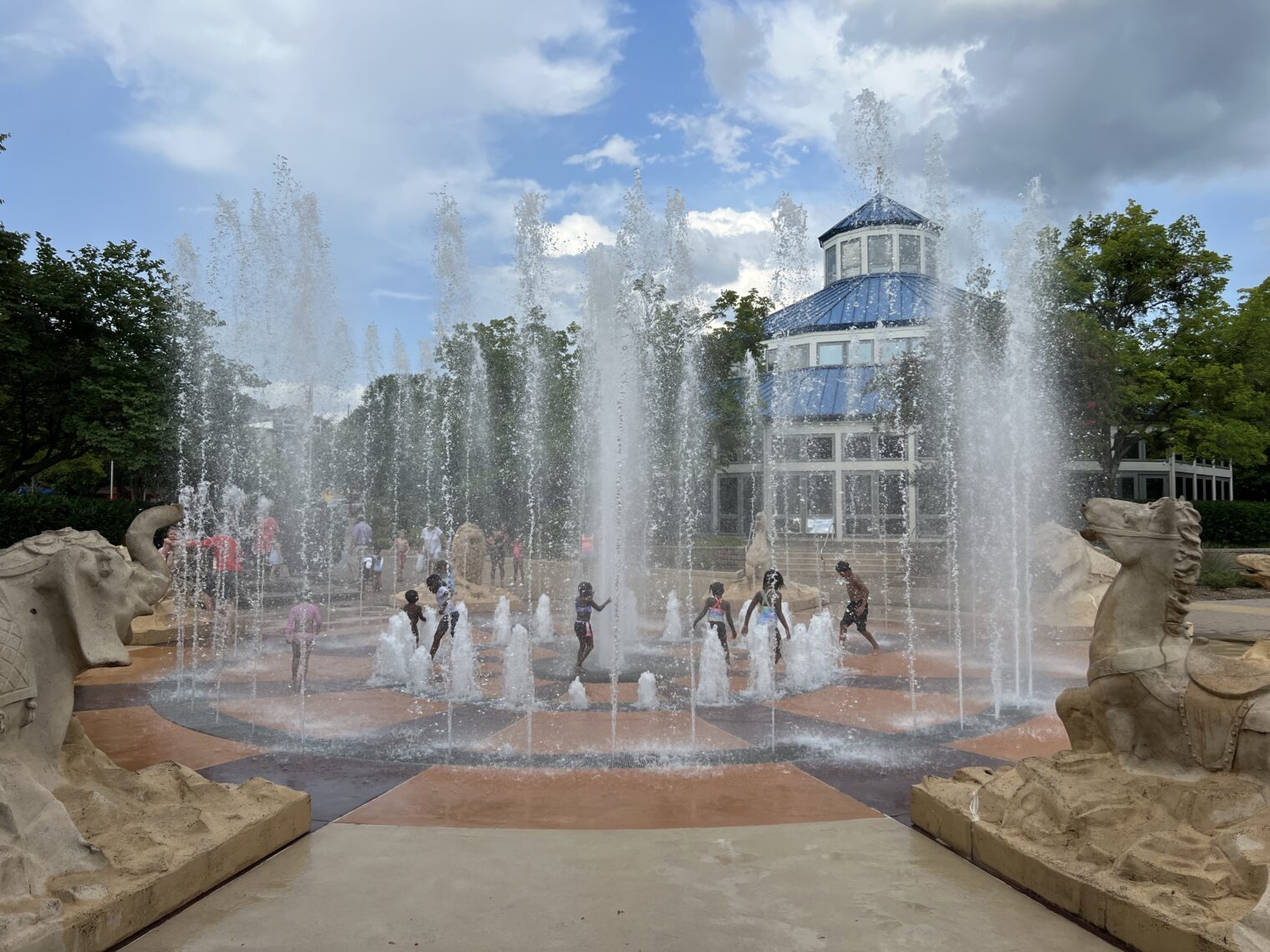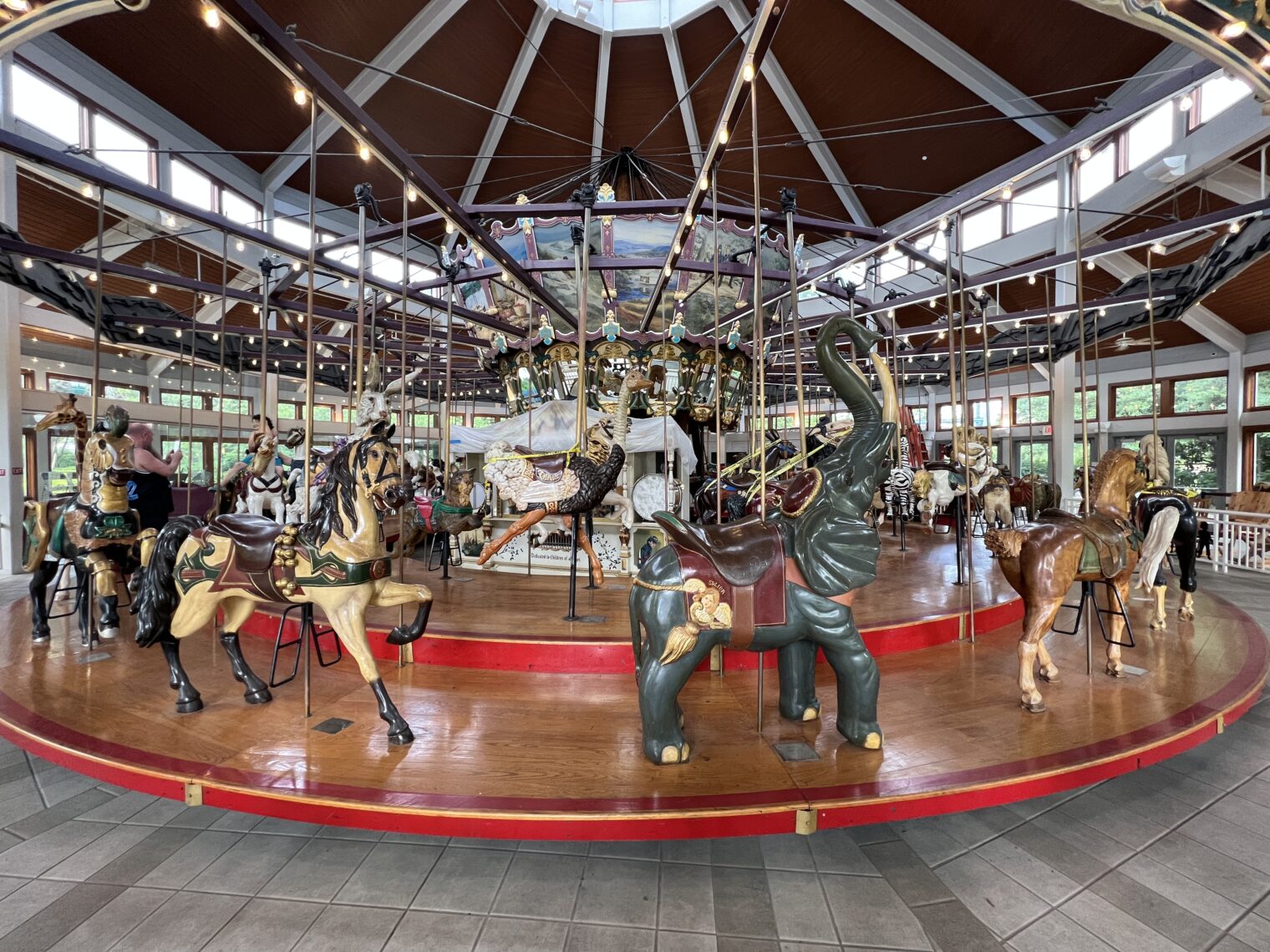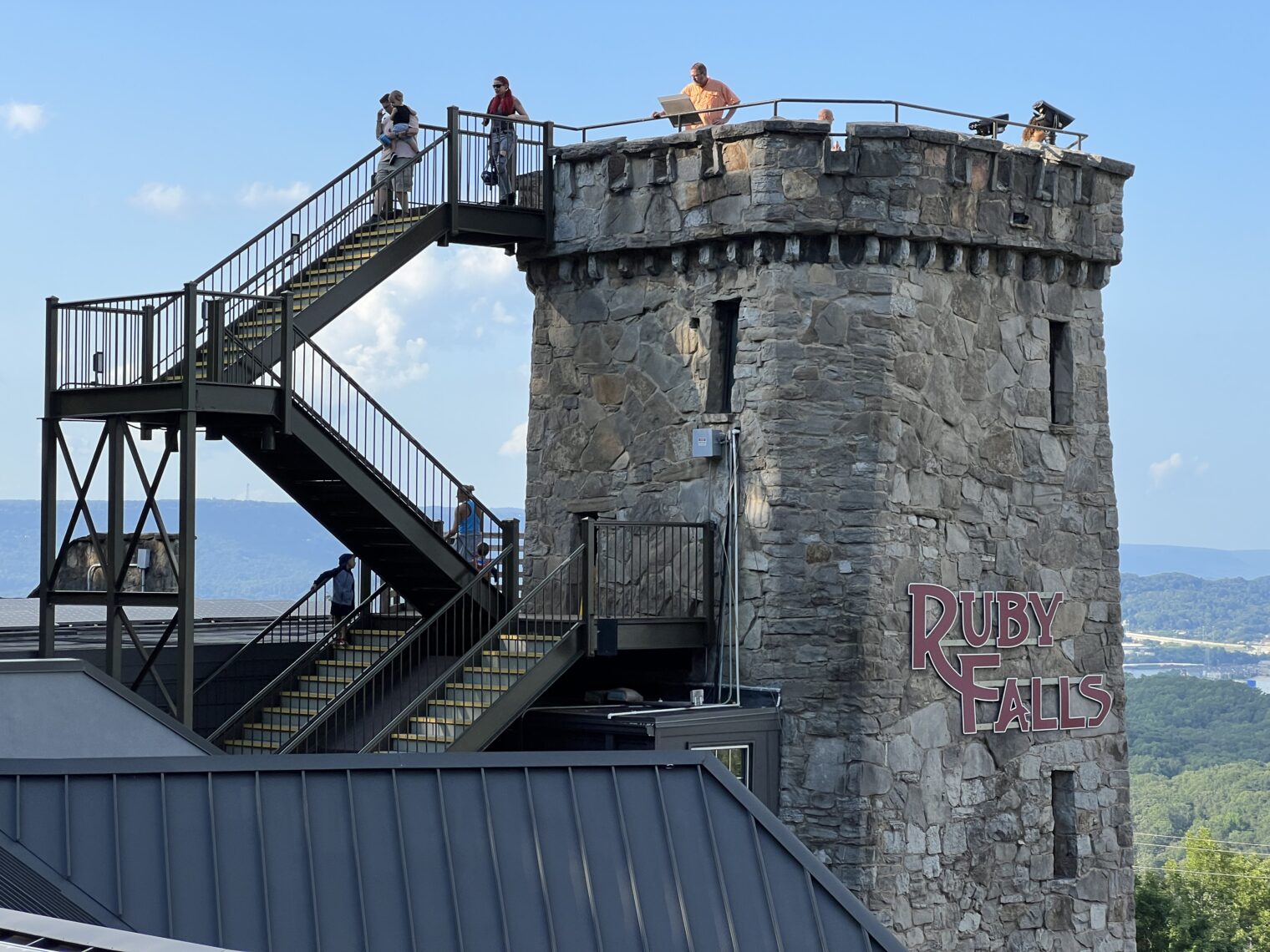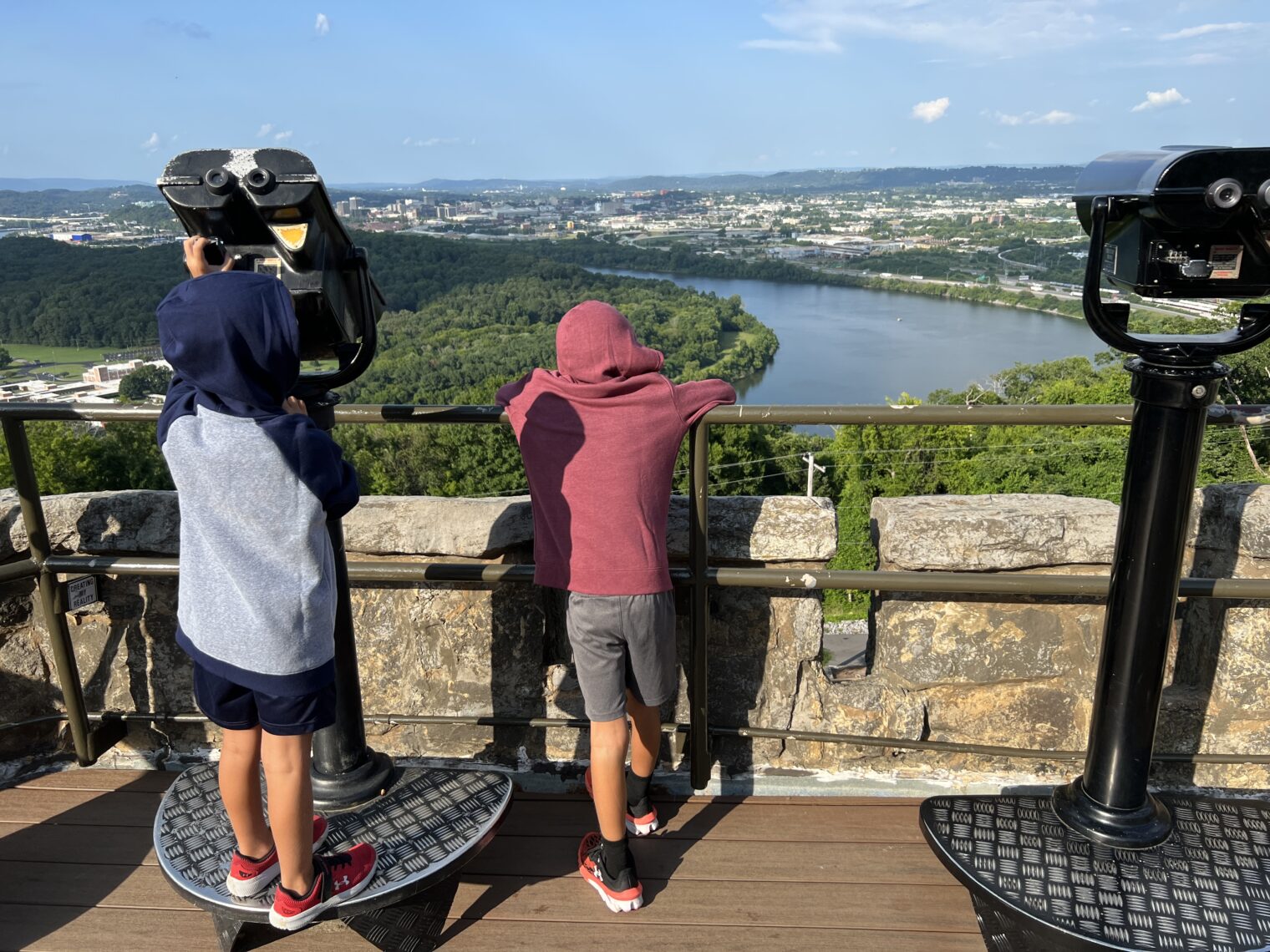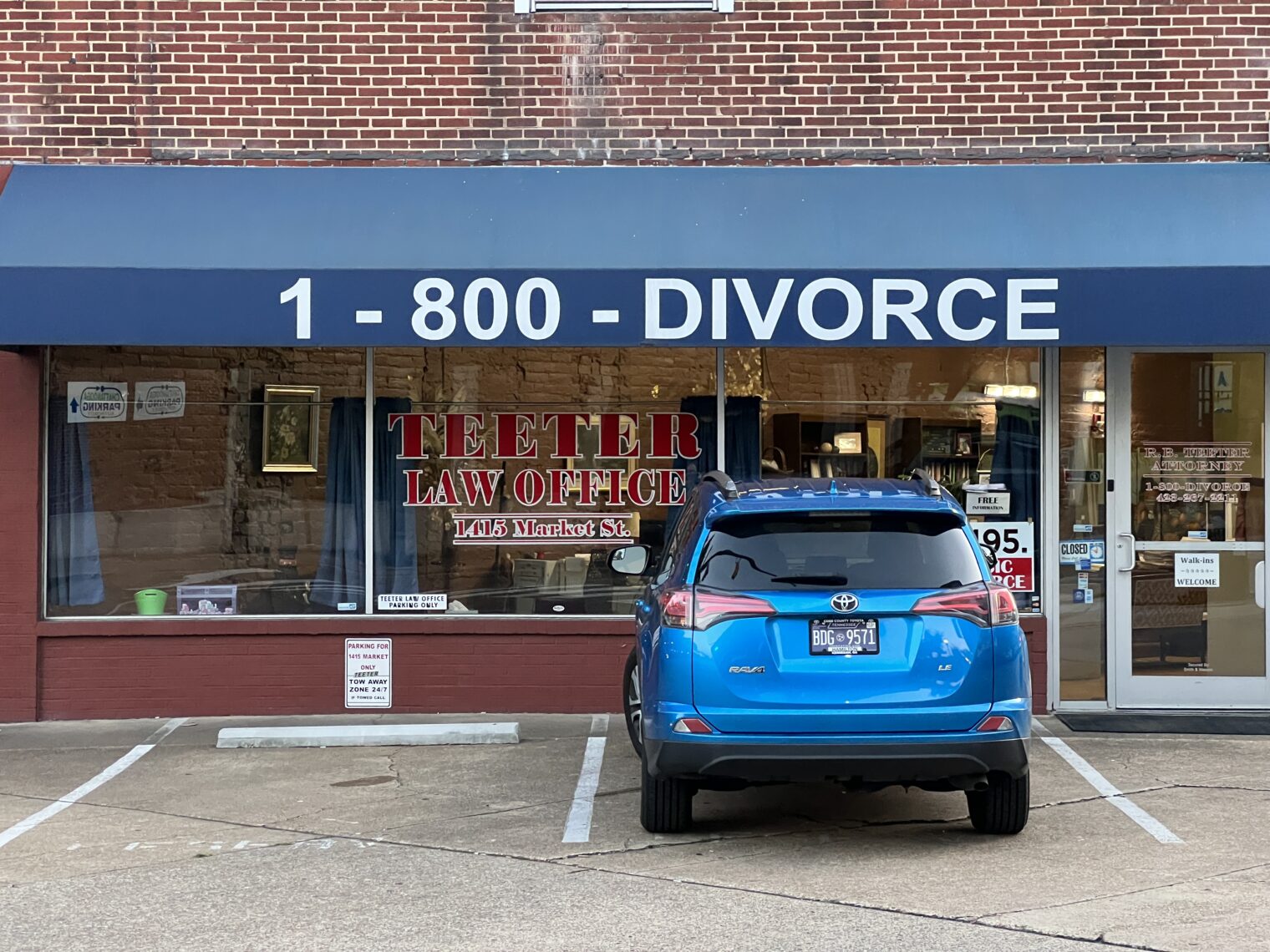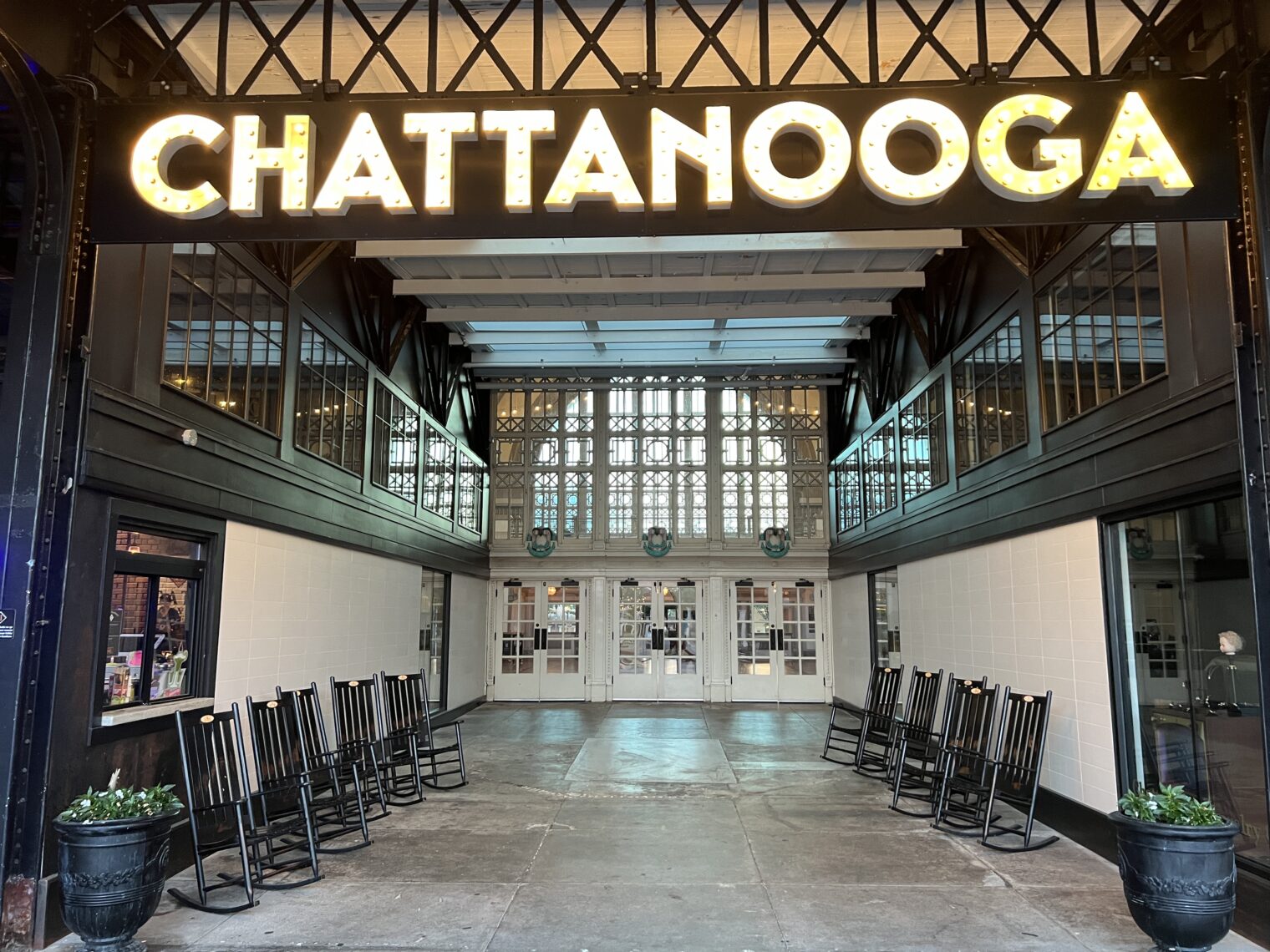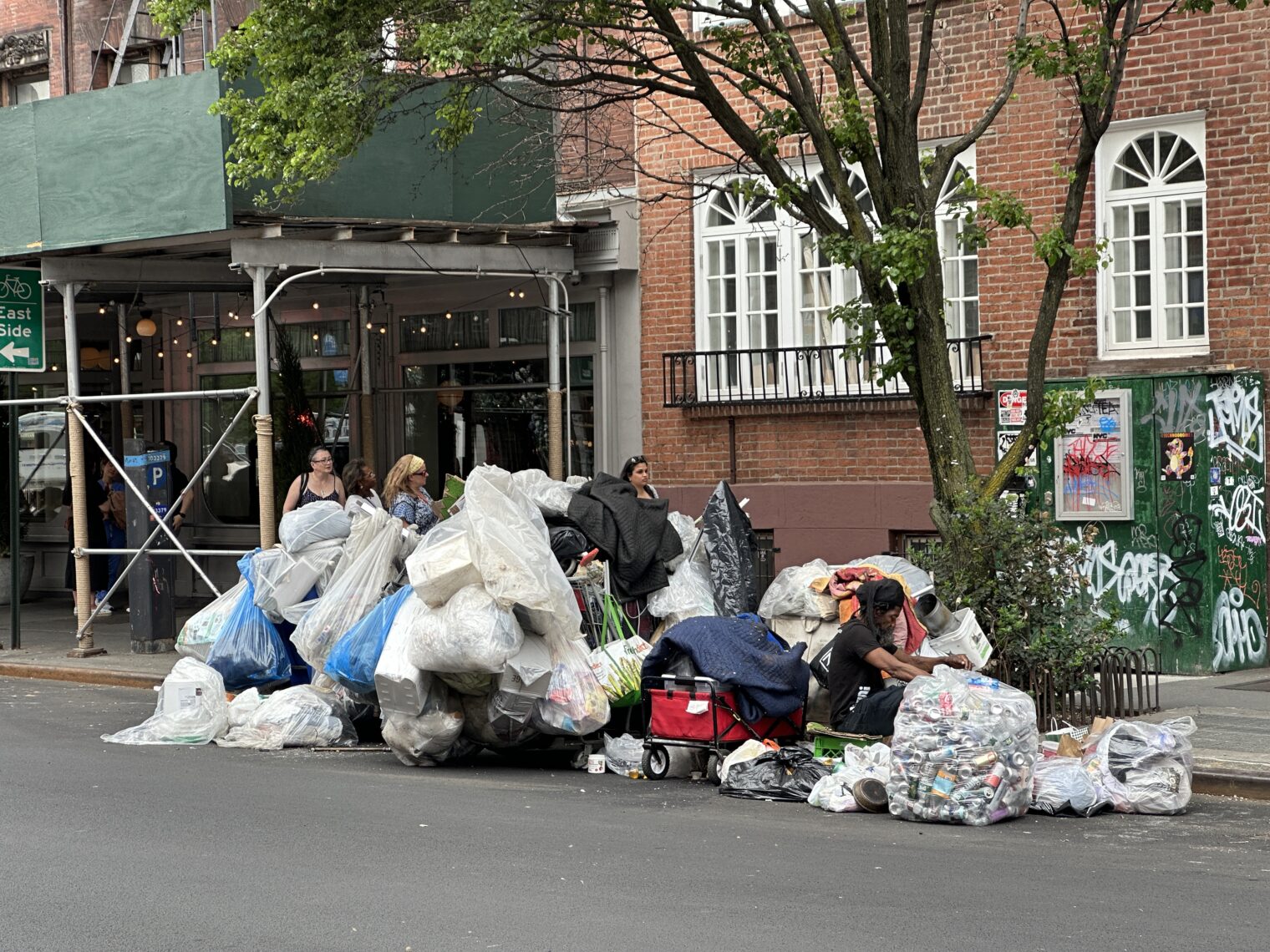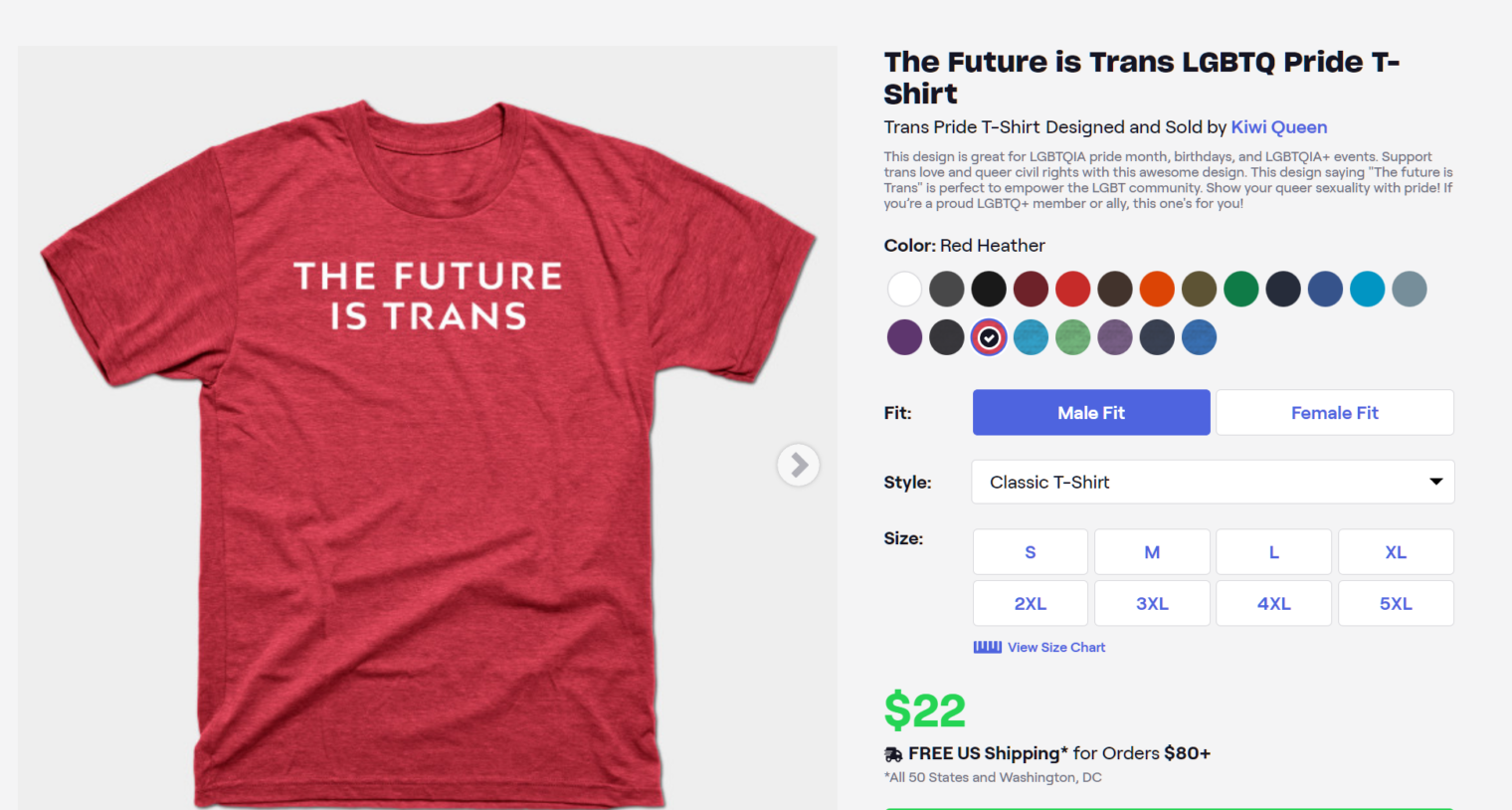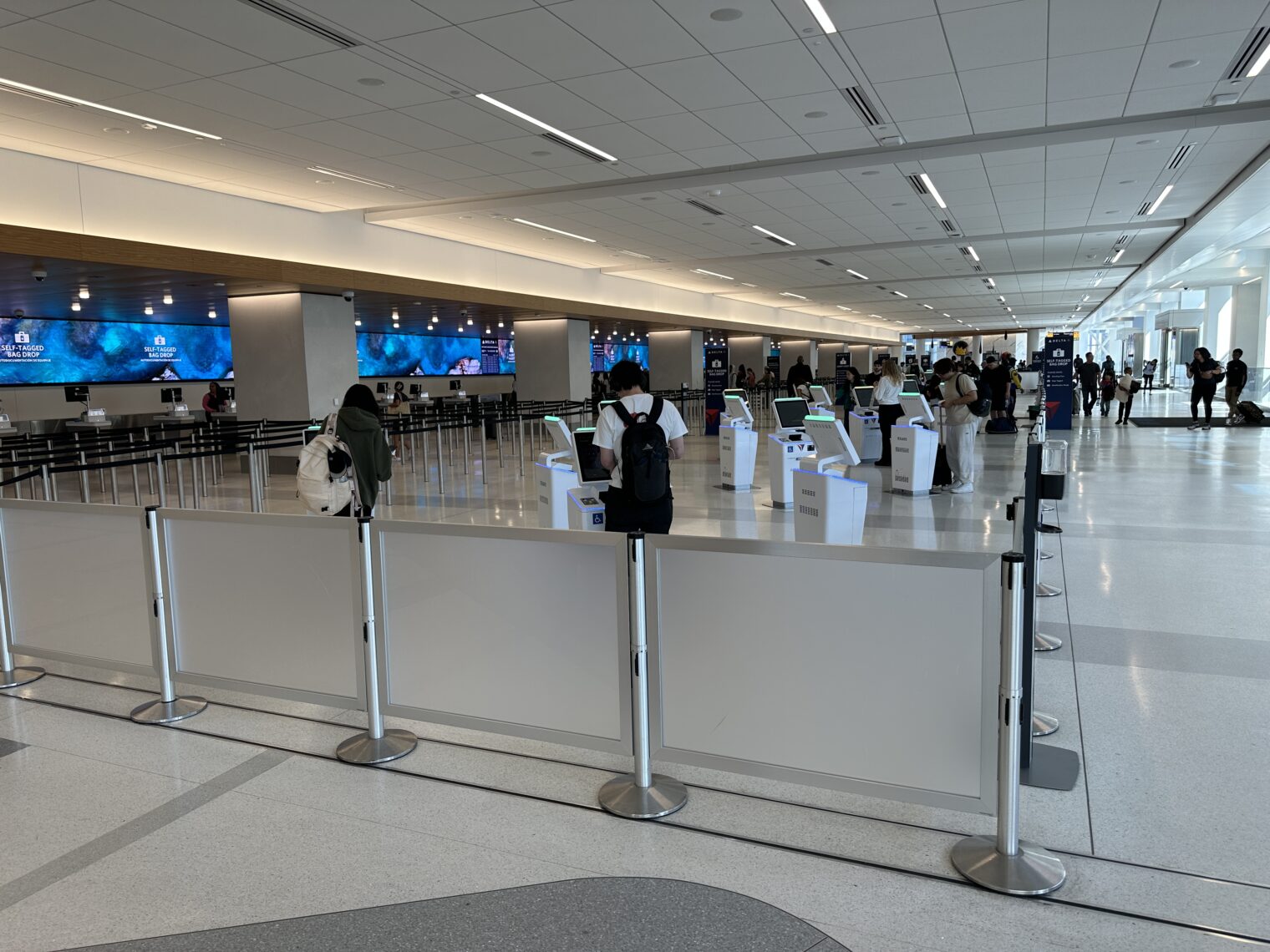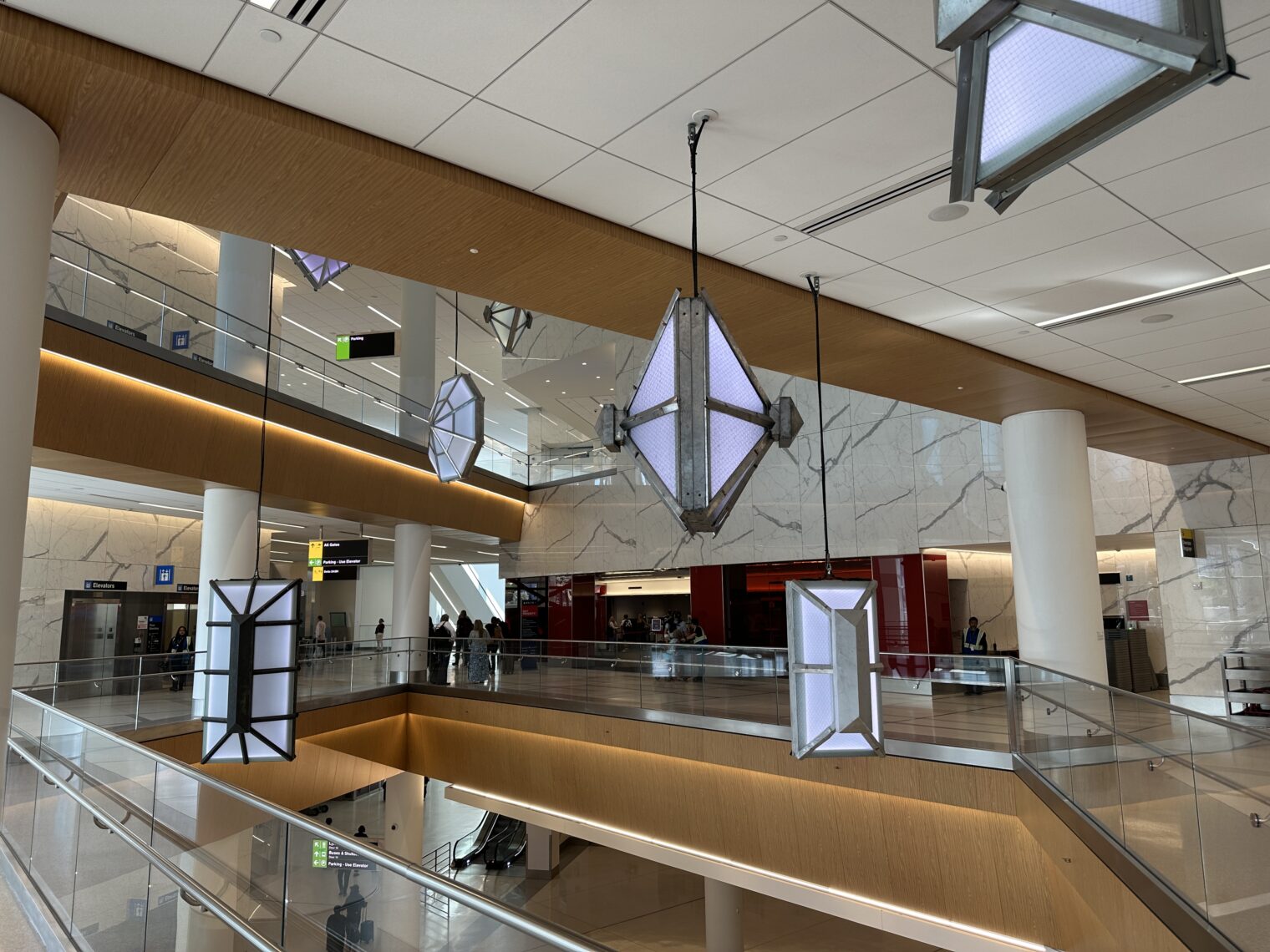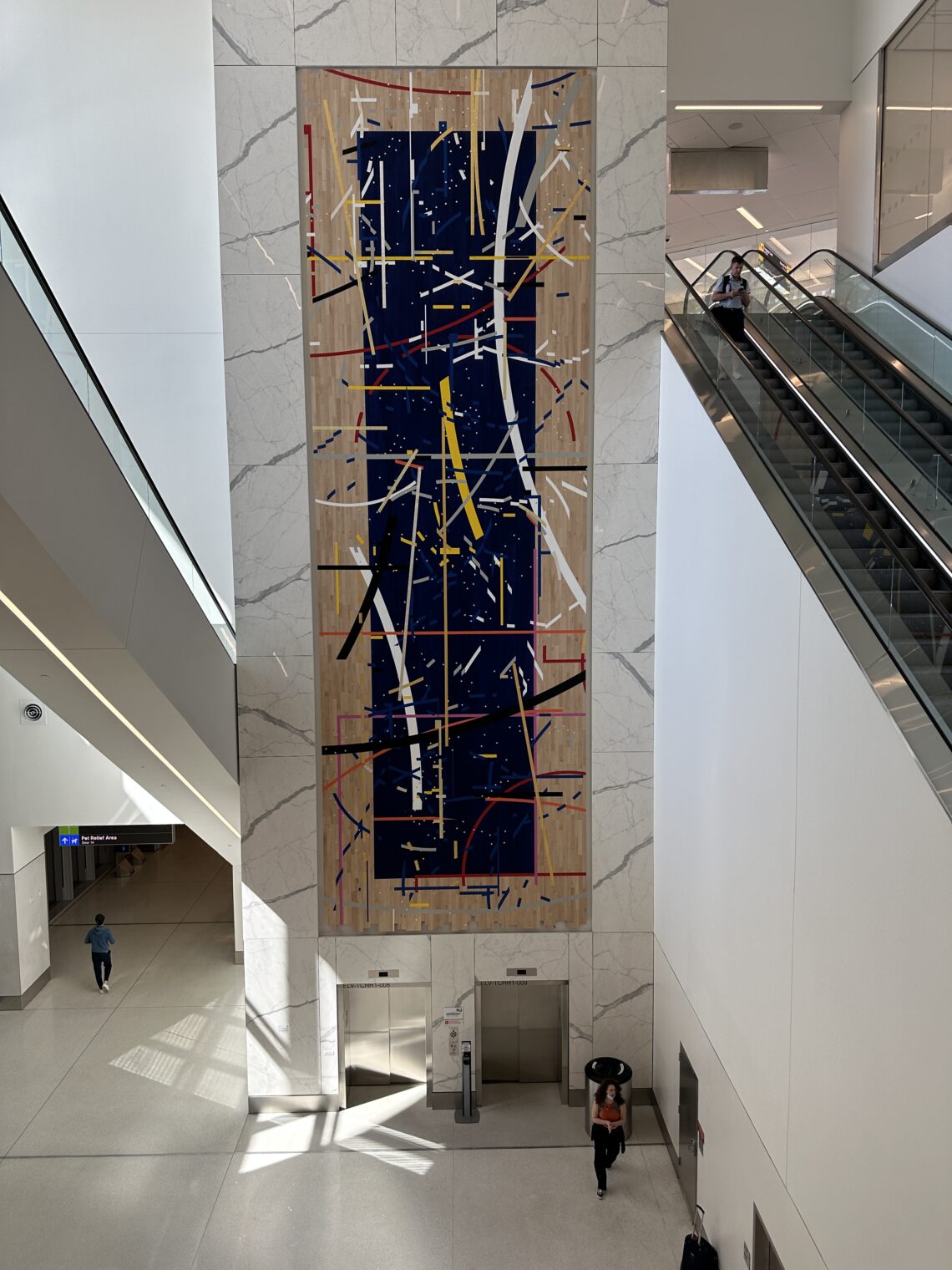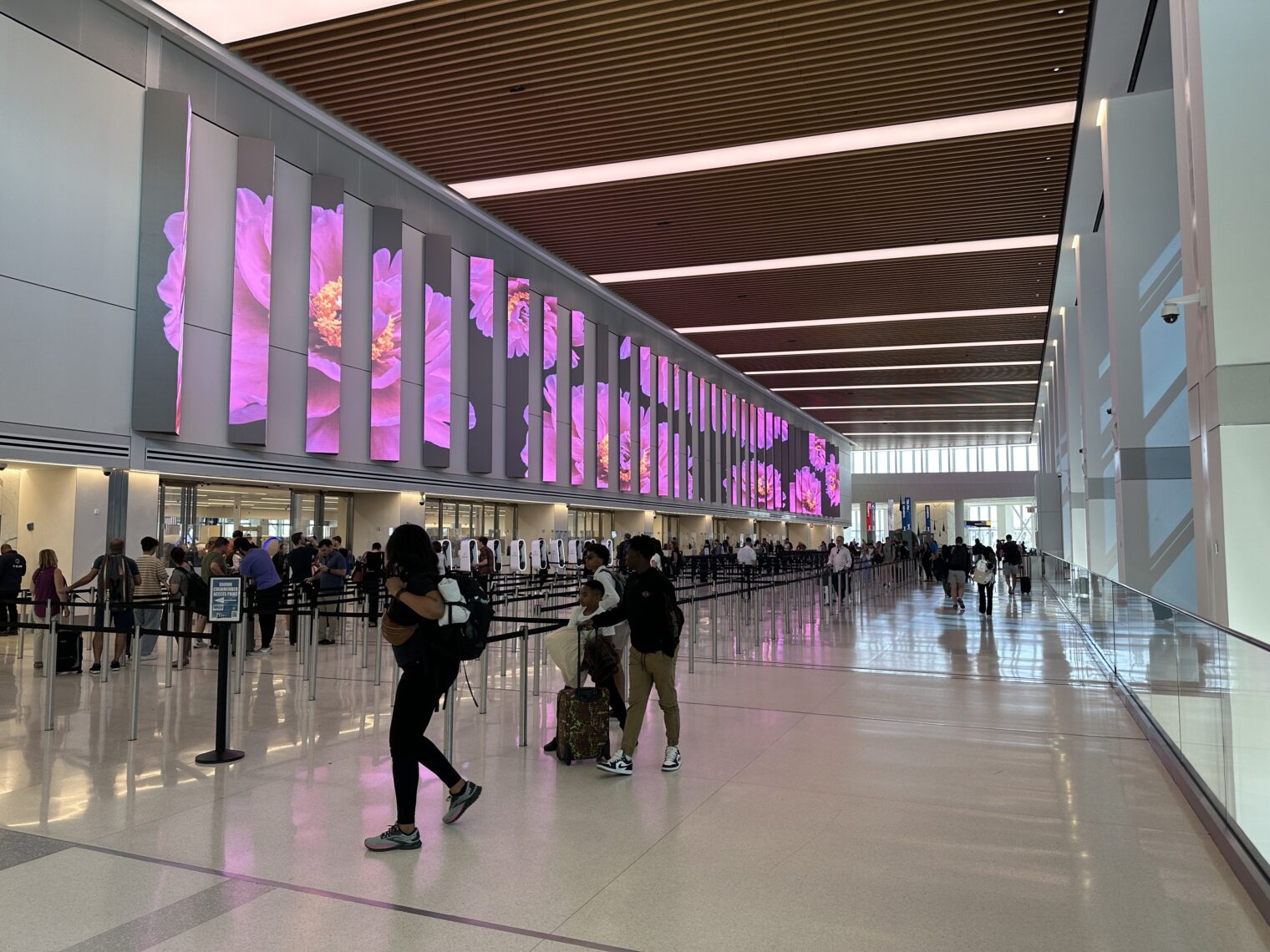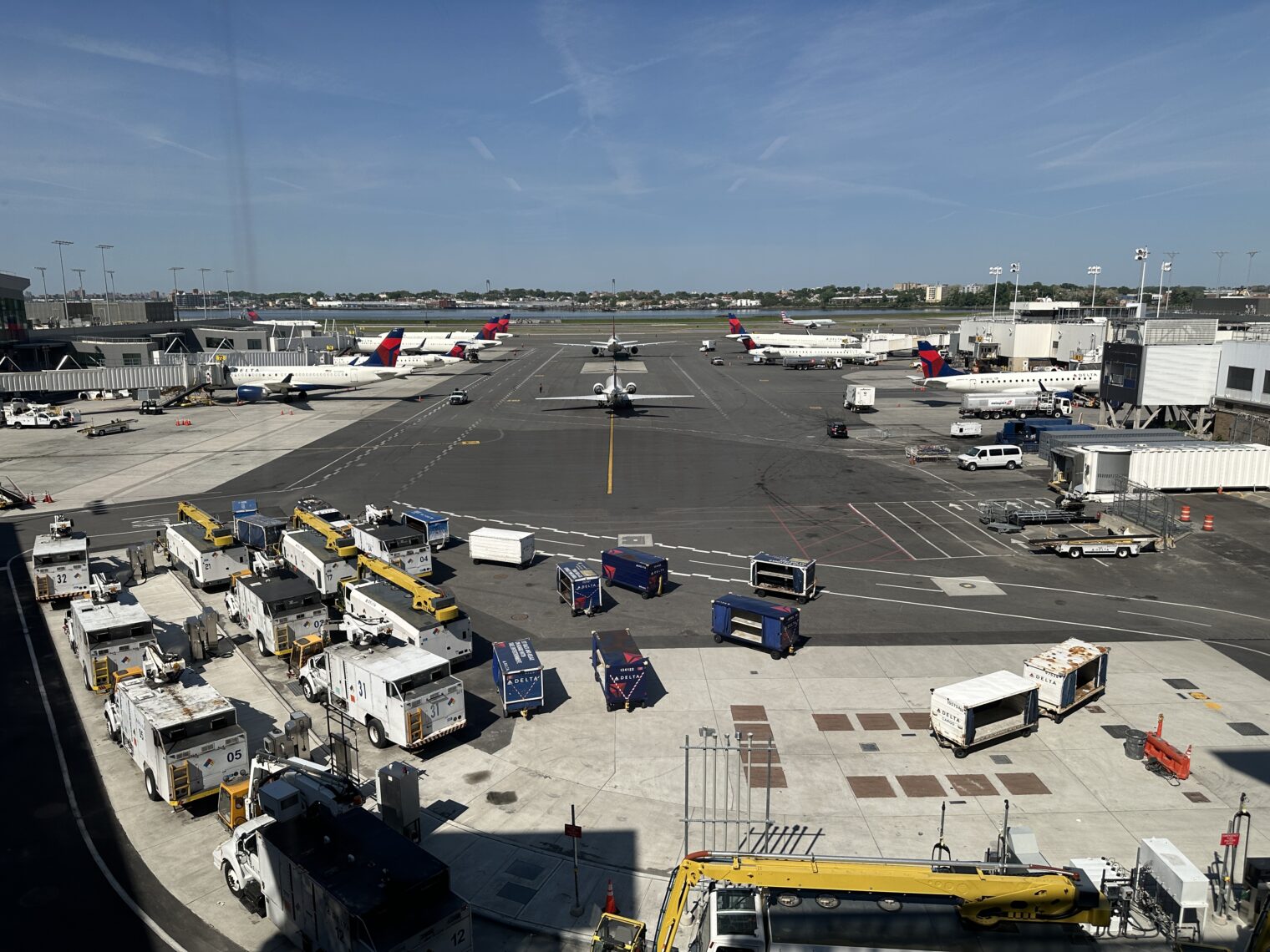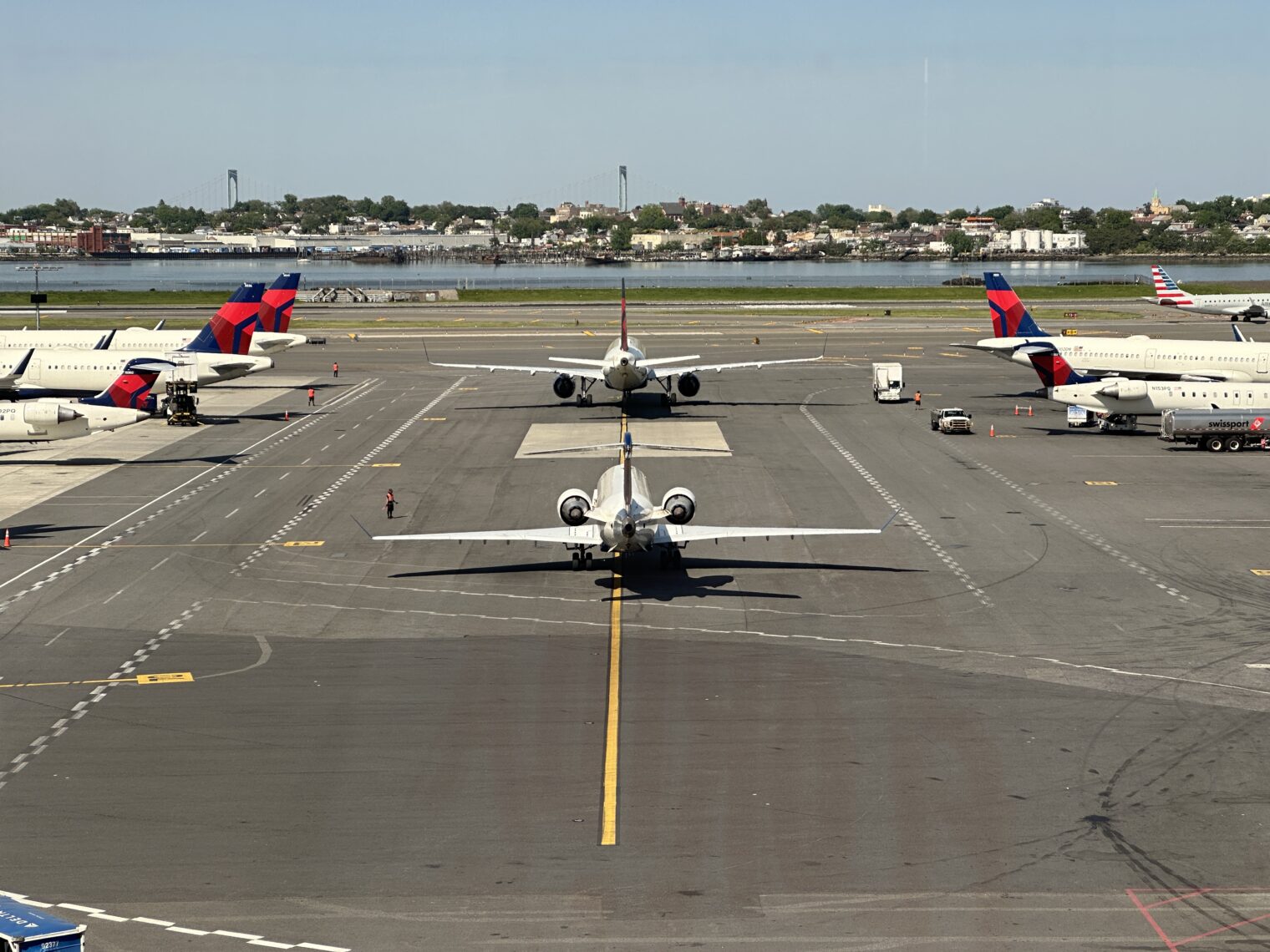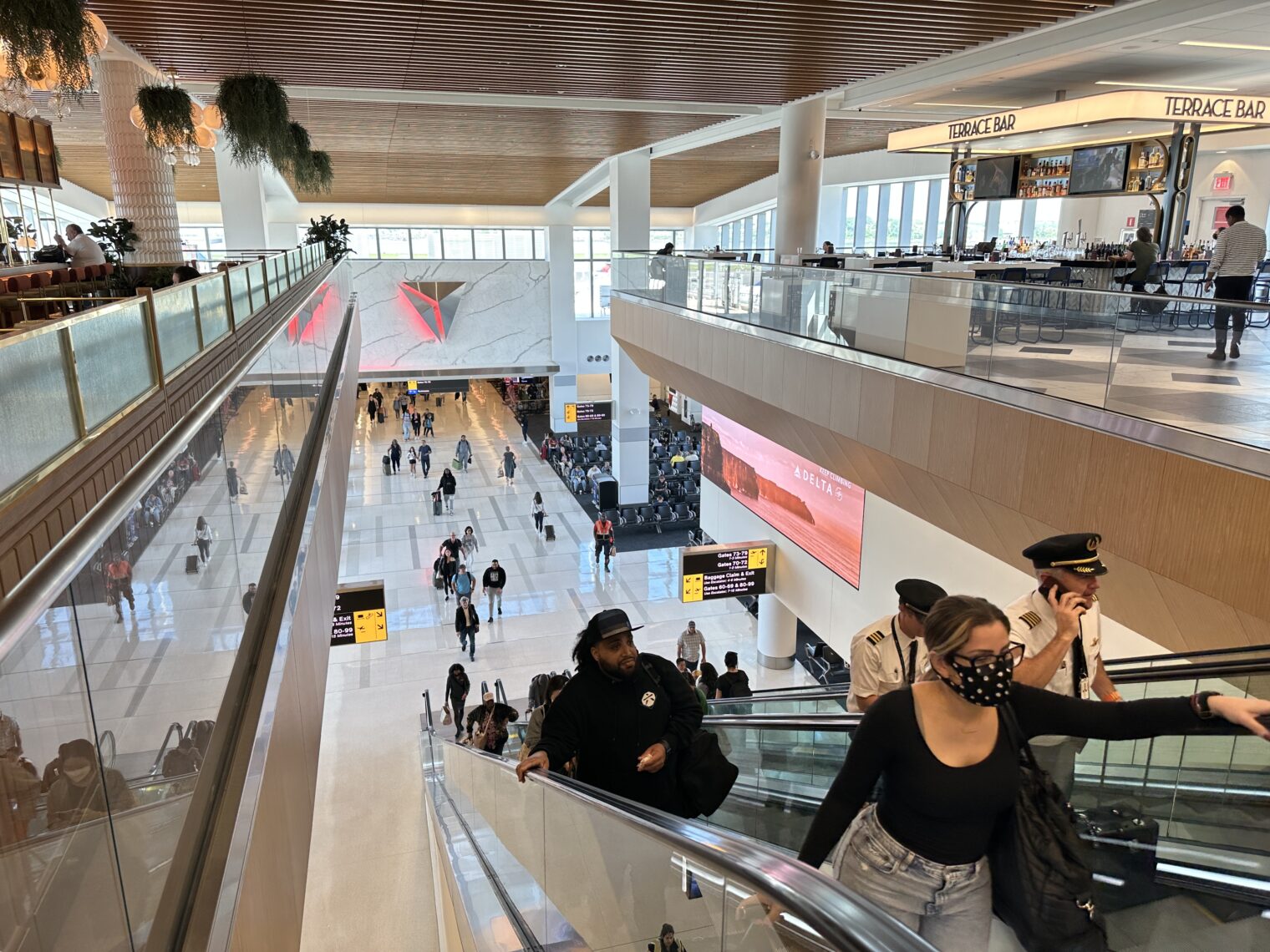An elite white Democrat told a friend about her elite white Democrat nephew who managed to get into an Ivy League college with a story about having been mugged in New York City. With some coaxing and examples, my friend managed to get the following out of GPT-4….
TITLE: Echoes of Valjean: A Tale of City Streets and Empathy
In the grandeur of New York City’s skyline, nestled between skyscrapers’ shadows and the ceaseless hum of life, I experienced an epiphany that would alter my perspective forever. This revelation did not emerge from the plush halls of an Ivy League seminar or the prestigious walls of my parents’ alma maters, but from the gritty, unromanticized underbelly of the city.
Late one evening, as the city was donning its twinkling night attire, I fell victim to a mugging. The swift, terrifying episode left me shaking, my pockets lighter, but my mind teeming with thoughts. For the first time, I began to see the city, not as a backdrop to my privileged existence, but as a complex ecosystem where survival was not guaranteed, but hard-earned.
In the days that followed, I found myself haunted by the face of the man who mugged me. He wasn’t the malevolent figure my fear had painted him to be, but a mirror of desperation, poverty, and the ruthless pursuit of survival. It was as though I was seeing the embodiment of Jean Valjean, the protagonist of Victor Hugo’s “Les Miserables,” in the streets of New York. Valjean, a man condemned by society for stealing a loaf of bread to feed his starving family, was suddenly no longer a character confined to the pages of a book, but a living, breathing reality of modern capitalist society.
My upbringing, framed by the comforts provided by my Ivy League-educated parents, had shielded me from such harsh realities. I was raised in a world where success was not just expected but assured. My mugging served as a stark contrast to this cocooned existence. It forced me to confront the fact that while I was contemplating which prestigious college to attend, others were grappling with life’s fundamental questions of survival and morality.
In the grand scheme of things, the mugging was not merely an act of crime but a cry for help echoing through the city’s concrete canyons. It was a manifestation of the unequal society we inhabit, a world where some are born with silver spoons while others, in the words of Hugo, “see only a horrible, starless night.”
The incident transformed me. I found myself questioning the societal structures that pushed the marginalized into crime, the economic systems that perpetuated inequality, and my own place within these frameworks. It was a distressing but necessary introspection, one that made me realize how privilege had colored my world.
This understanding ignited a newfound determination to use my privilege not as a shield but as a tool for change. I channeled this drive into volunteering at local shelters, mentoring underprivileged students, and advocating for policies aimed at reducing income inequality. As Hugo wrote, “There are no bad plants or bad men; there are only bad cultivators.” I pledged to become a cultivator of change, to bridge the chasm between the ‘haves’ and ‘have-nots.’
My experience with the mugger on that fateful night in New York City was a turning point. It brought the harsh realities of inequality into sharp focus, compelling me to rethink my privileged existence and inspiring me to strive for a more equitable society. This transformation, I believe, is the essence of education – a profound understanding of the world around us, which instills a sense of responsibility to make it a better place. As I prepare to embark on my collegiate journey, I carry with me this sense of duty, ready to learn, ready to cultivate, and ready to change.
Note ChatGPT’s sexism. Out of the 74 gender IDs recognized by Science, ChatGPT picks a “man” as the mugger. The prompt said simply “the writer’s experience getting mugged on the streets of New York City” and did not provide ChatGPT with a gender ID for the mugger.
Separately, the have-nots sort their aluminum treasure (Manhattan, May 2023):
Full post, including comments
